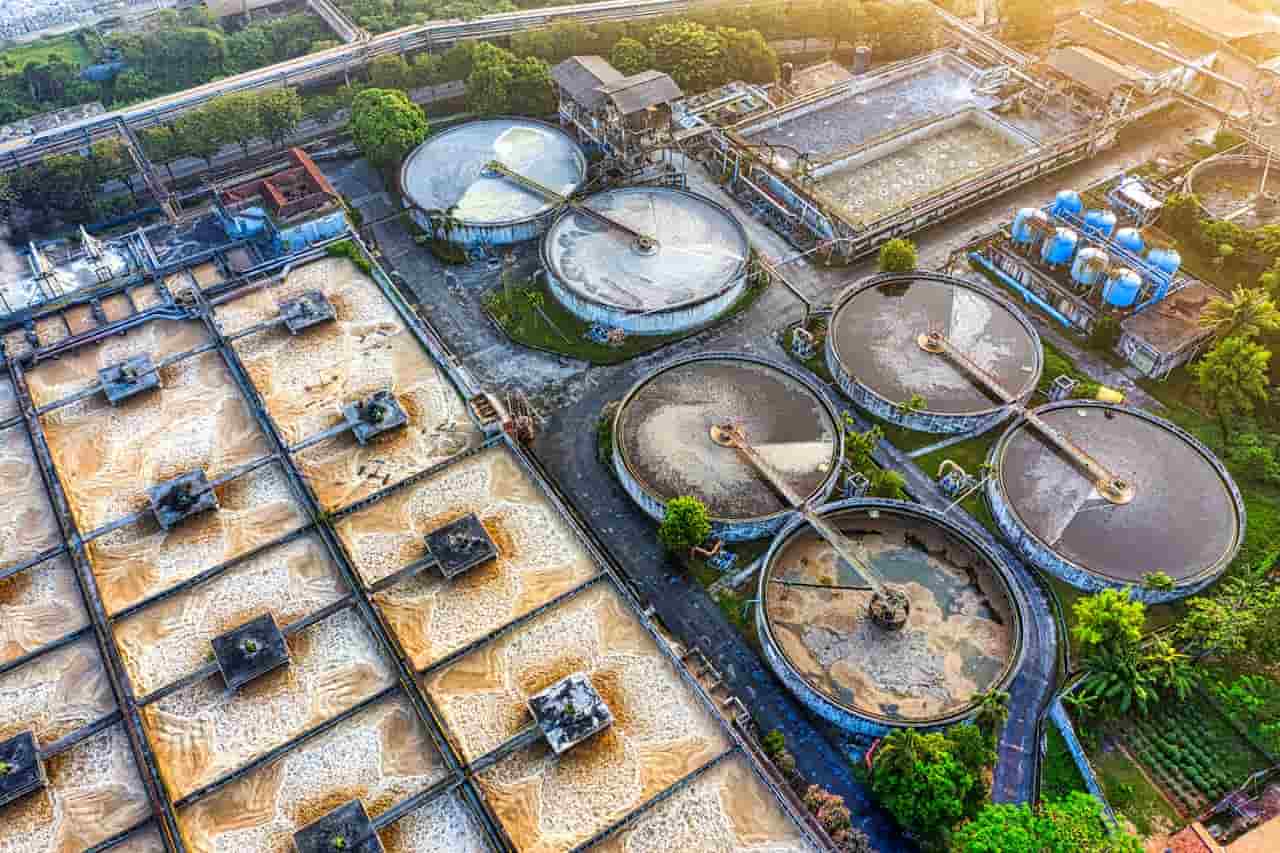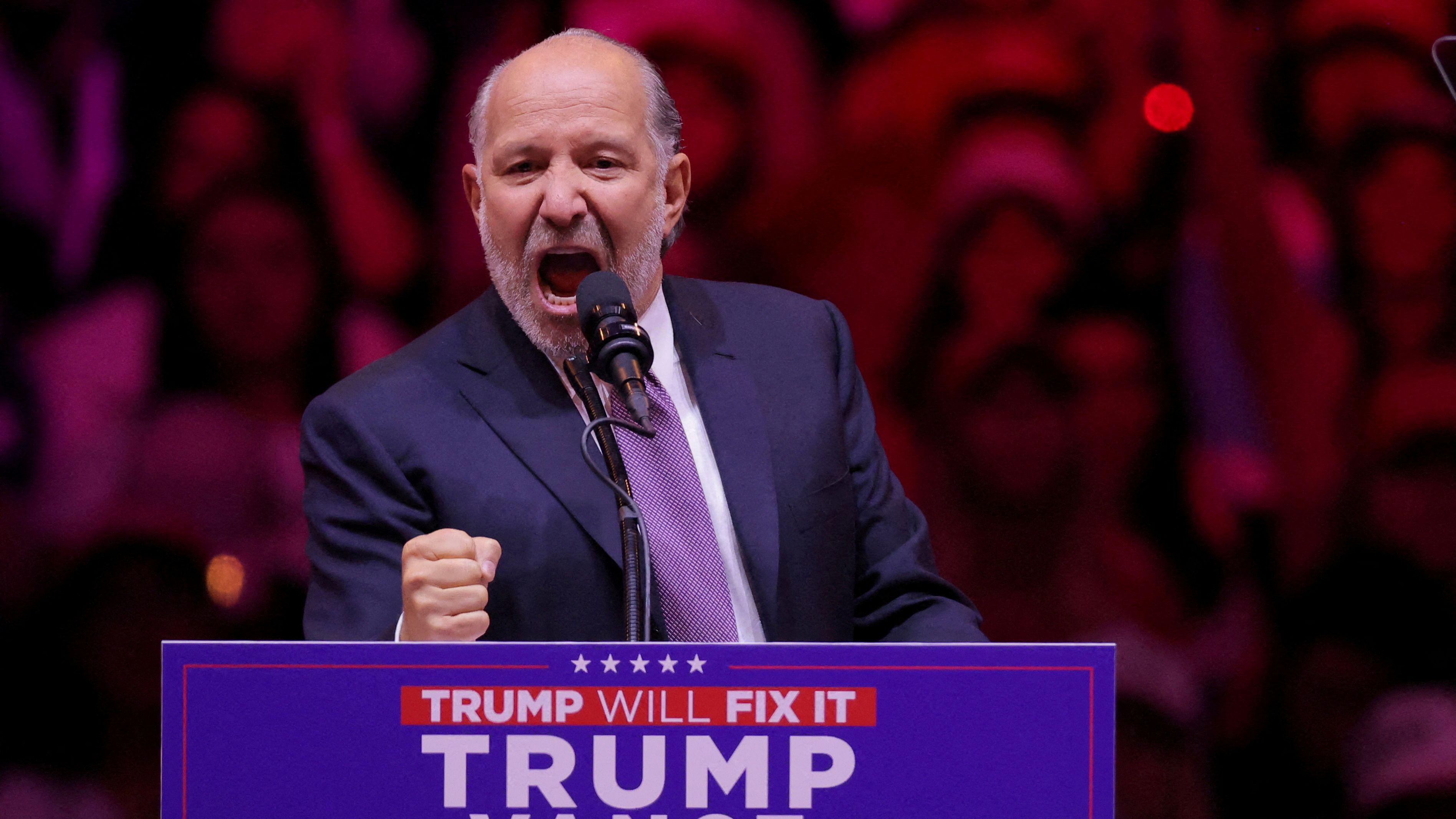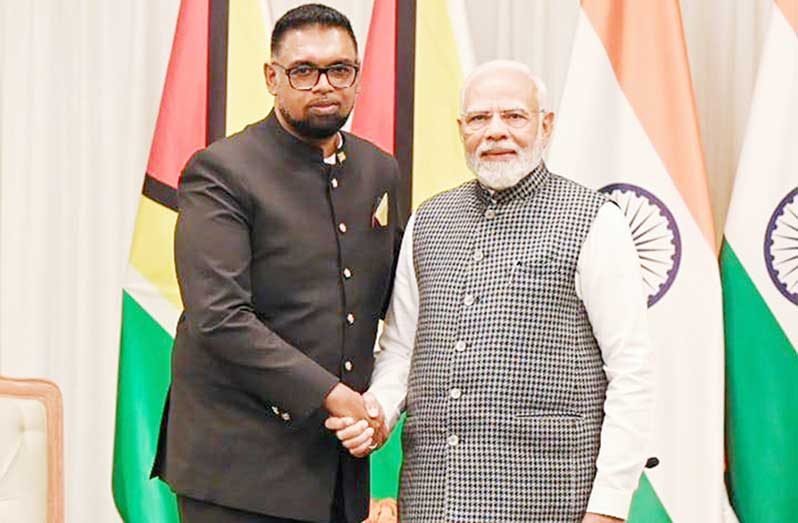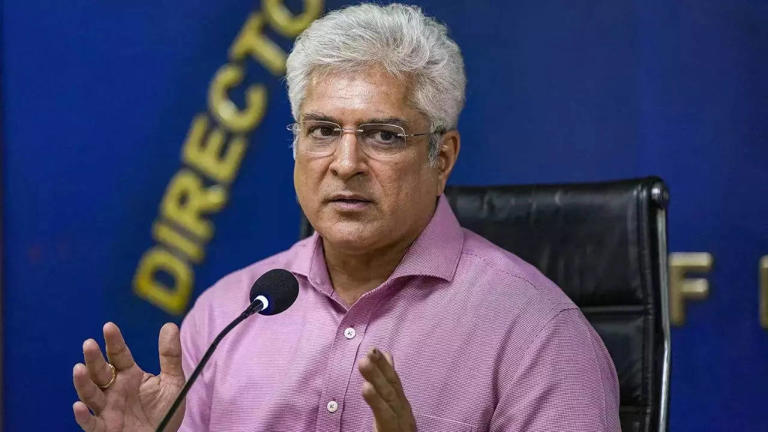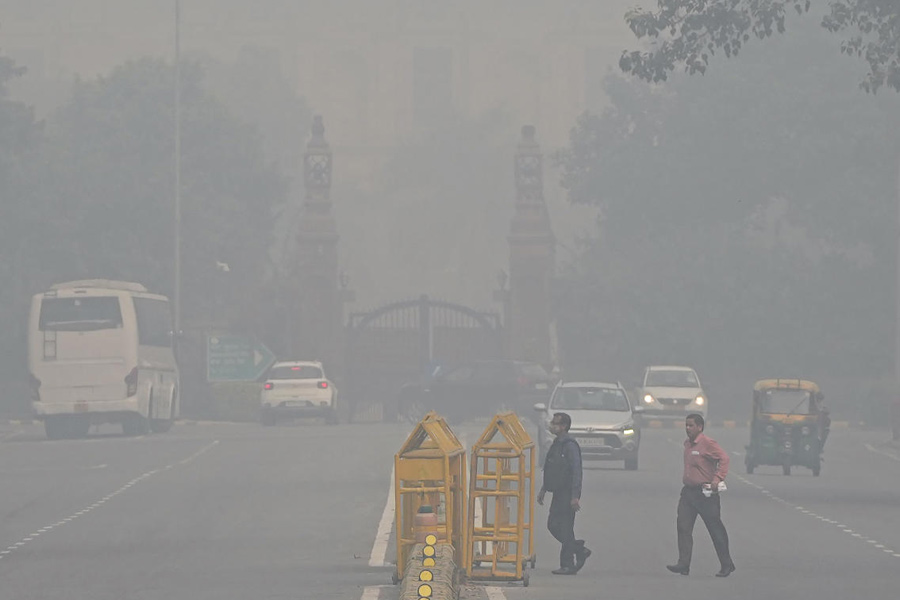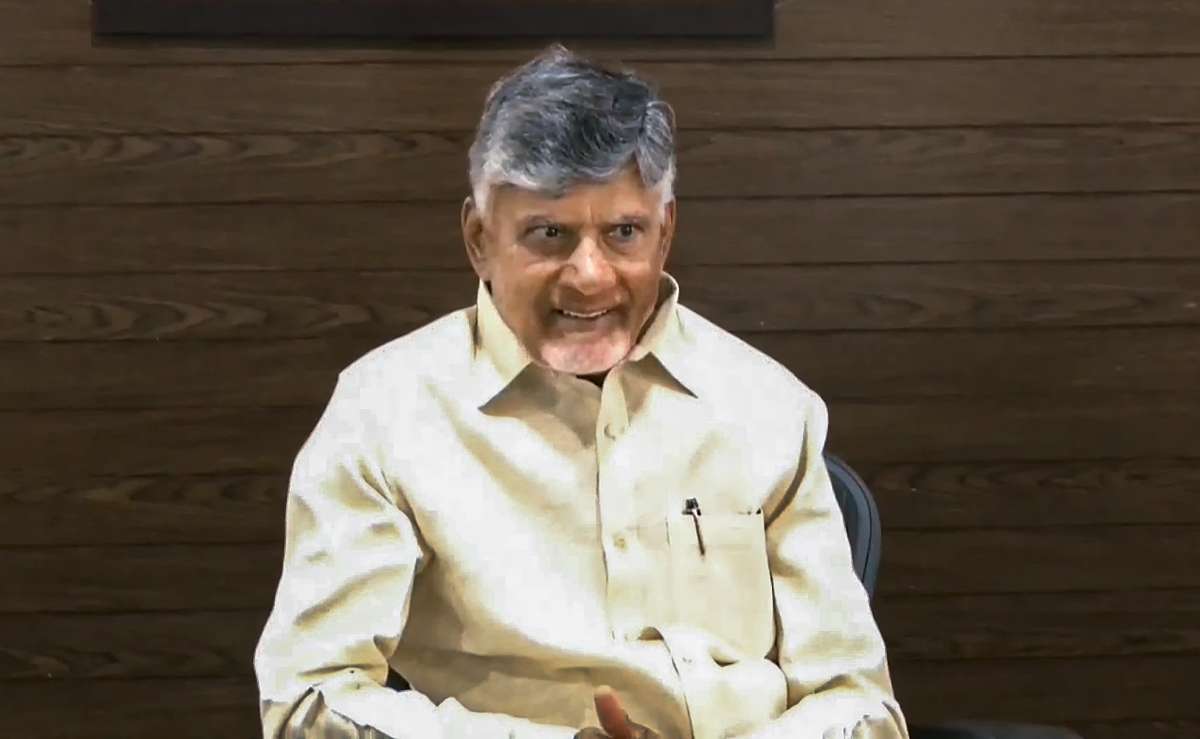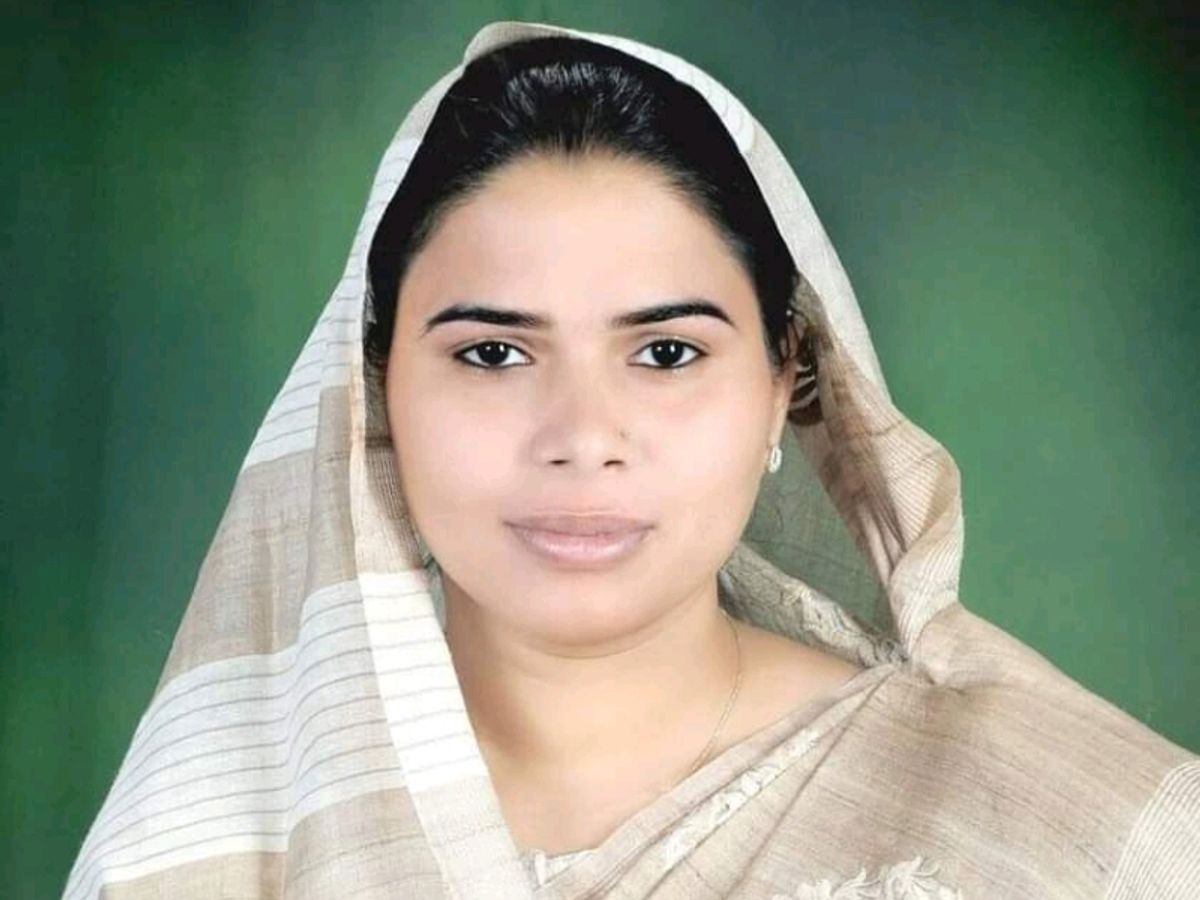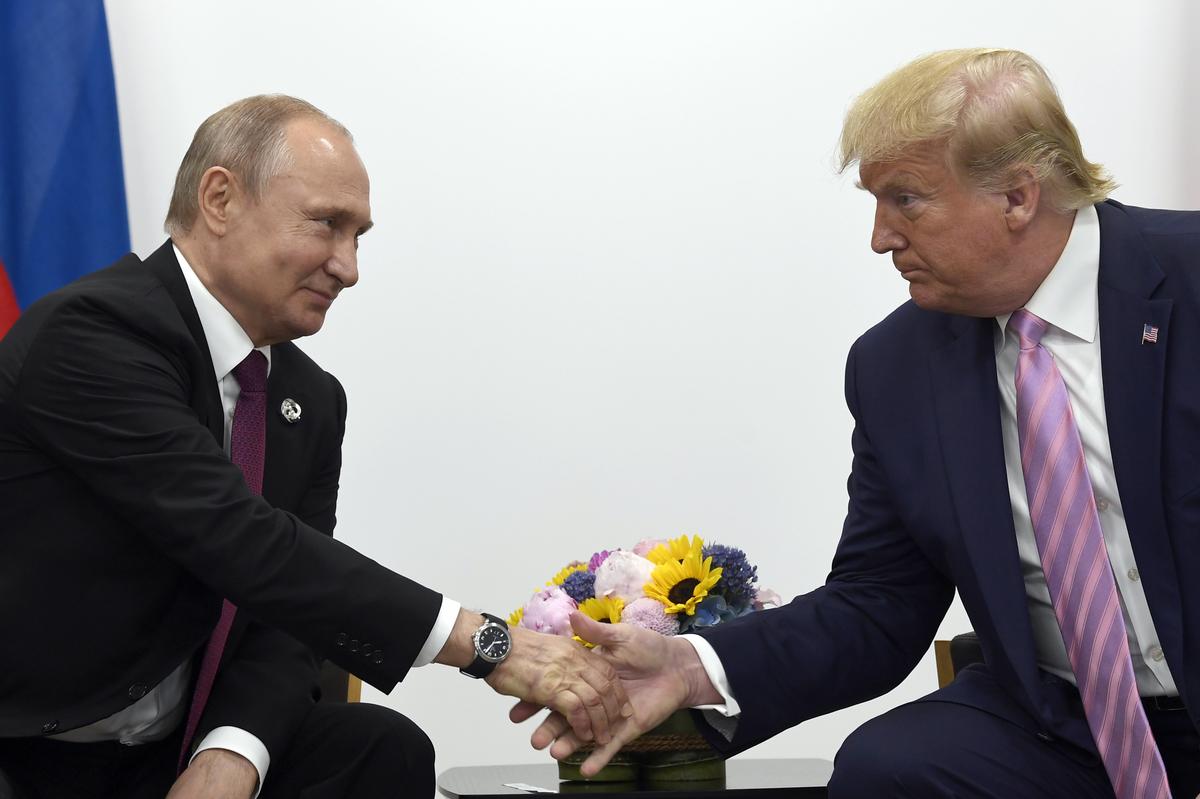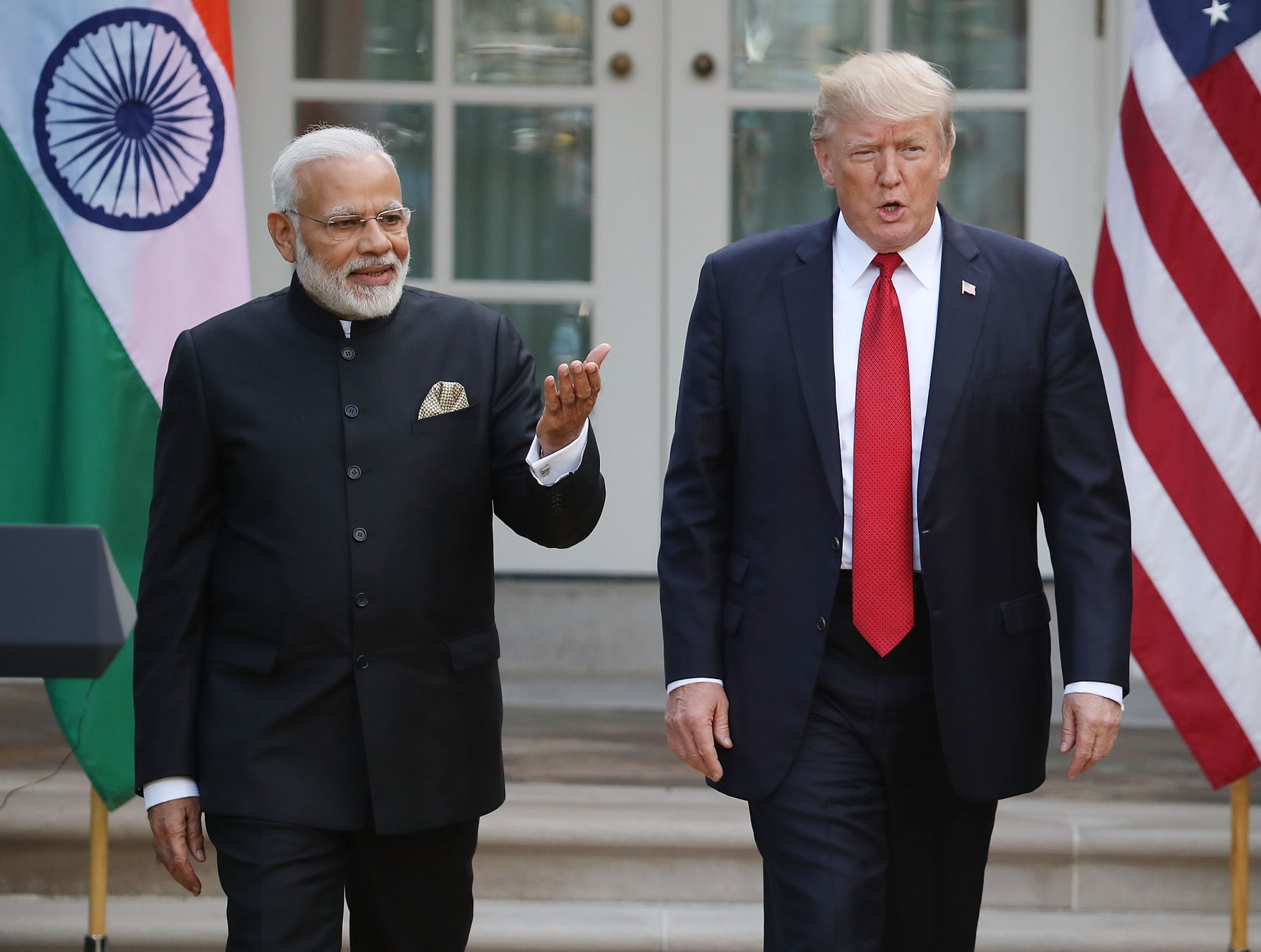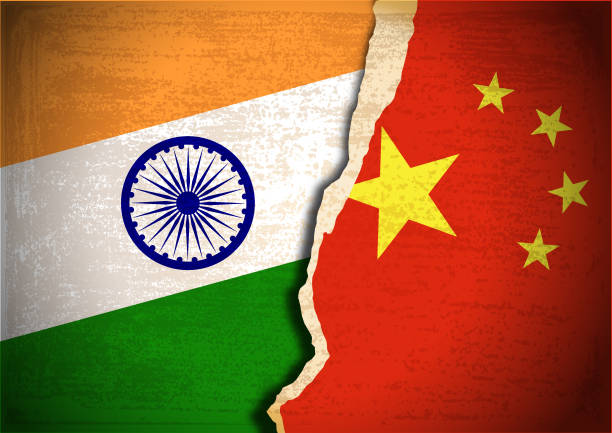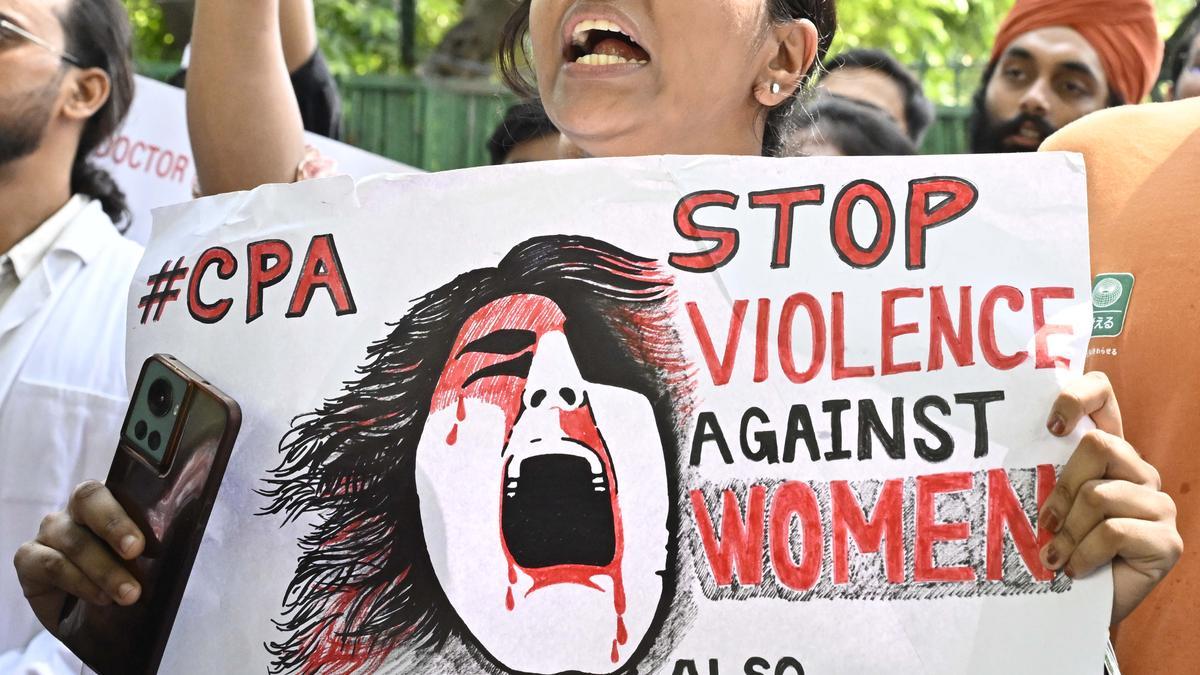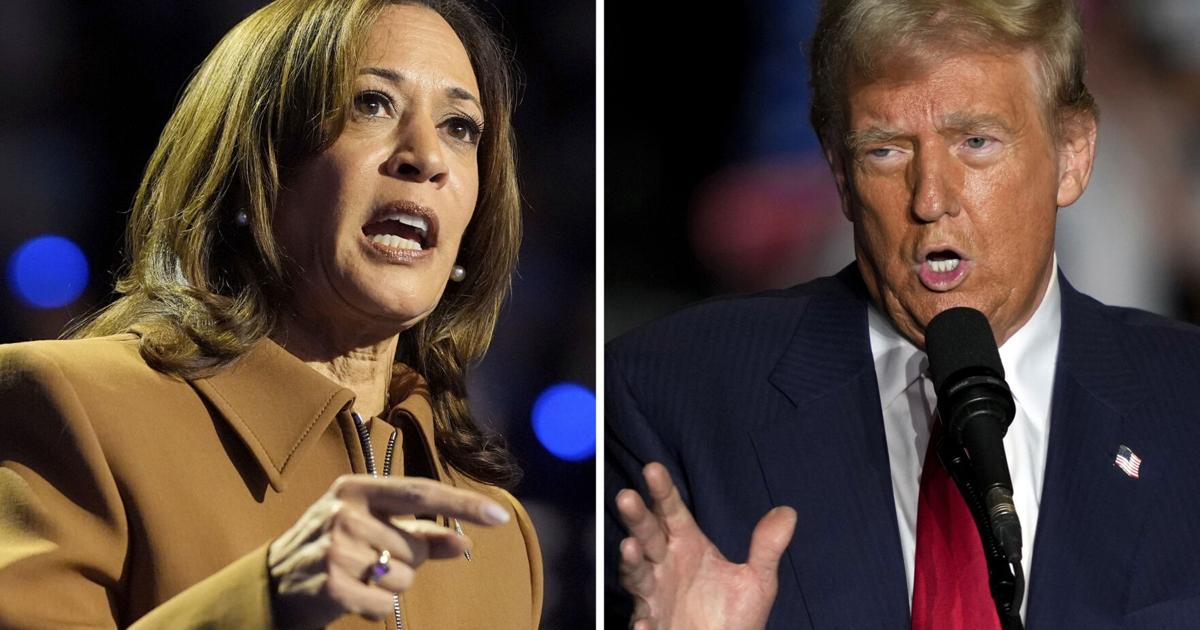Thiruvananthapuram, Kerala: The inauguration of India’s first deep-water international transshipment container port at Vizhinjam by Prime Minister Narendra Modi marked a major milestone in the country’s maritime infrastructure. However, the celebratory moment was quickly overshadowed by a fierce political tug-of-war between the ruling Left Democratic Front (LDF) and the opposition United Democratic Front (UDF) in Kerala, as both sides rushed to claim credit for the project.
A Strategic Maritime Gateway to Boost India's Shipping Power
Located near the Kerala capital Thiruvananthapuram, the Vizhinjam International Seaport is a key infrastructure project aimed at transforming India’s shipping capabilities. Developed through a public-private partnership model, the port was built by Adani Ports and Special Economic Zone Ltd (APSEZ) with a total investment of around ₹8,867 crore.
Of this, the Kerala state government contributed approximately ₹5,595 crore, while the central government offered ₹818 crore as viability gap funding. With its natural depth of over 20 meters and proximity to global shipping lanes, Vizhinjam is poised to become a major hub for transshipment, reducing India's dependence on foreign ports like Colombo, Singapore, and Dubai.
Credit War: Congress Says 'We Laid the Foundation'
Despite the national significance of the port, the political climate in Kerala turned tense as the Congress-led UDF accused the current LDF government of taking sole credit for a project initiated during its own tenure.
Senior Congress leaders, including Kerala Pradesh Congress Committee (KPCC) president K. Sudhakaran, claimed that the foundation for Vizhinjam port was laid during the administration of the late Chief Minister Oommen Chandy. They allege that the LDF has deliberately ignored his contributions during the inauguration.
Adding fuel to the fire, Congress criticized the state government for not inviting the Leader of the Opposition, V.D. Satheesan, to the event. The Congress party further demanded that the port be named after Oommen Chandy to honor his vision and commitment to the project.
LDF Strikes Back: 'We Made It a Reality'
In response, the CPI(M)-led LDF government defended its position, stating that it inherited a concept but executed the project under challenging circumstances. Chief Minister Pinarayi Vijayan emphasized that the LDF government pushed the stalled project forward despite significant obstacles, including mass protests, legal battles, and environmental concerns.
CPI(M) leaders reminded critics that it was their government that successfully negotiated with the private partner, handled the agitation by fishermen, and brought the project to completion. They accused the Congress of politicizing a developmental achievement that should be a matter of collective pride for all Keralites.
Protests by Fisherfolk and Environmental Backlash
One of the most significant challenges faced by the Vizhinjam project was opposition from the local fishing communities. The protests, largely supported by the Latin Catholic Church, revolved around fears of coastal erosion, livelihood loss, and environmental degradation.
Fisherfolk argued that port construction had intensified sea erosion and displaced dozens of families who lived along the coast. They demanded rehabilitation packages, minimum wages during non-fishing seasons, and subsidies on fuel and equipment.
The protests peaked in 2022, when agitating fishermen laid siege to the port, leading to clashes with the police. The agitation resulted in the registration of criminal cases, including rioting and conspiracy, against Church leaders and protest organizers.
Interestingly, the Congress party supported the protestors during that period, a stance the LDF now uses to argue that the opposition tried to sabotage the very project they now seek credit for.
Dispute with Centre Over Financial Terms
Adding to the political frictions, Chief Minister Pinarayi Vijayan wrote a letter to Prime Minister Modi expressing serious concerns over the Centre’s decision to treat the ₹818 crore viability gap funding (VGF) as a repayable loan.
According to Vijayan, the original understanding was that the VGF would be a grant, not a loan with repayment obligations. He warned that if interest is levied and repayment is enforced, the total financial liability on the state could exceed ₹10,000 crore over the coming years.
The Chief Minister urged the Centre to reconsider its stance and honor the initial terms of financial support. The disagreement has opened yet another front in the ongoing tussle between the state and central governments.
PM Modi’s Address: Development Above Politics
While addressing the gathering at the inauguration, Prime Minister Modi chose not to wade into the political controversy. Instead, he focused on the strategic and economic benefits of the project. He hailed Vizhinjam as a game-changer for India's maritime economy and emphasized the government’s commitment to modern infrastructure and Atmanirbhar Bharat (self-reliant India).
Modi praised the port’s location, which is just 10 nautical miles from the international East-West shipping corridor, and projected it as a critical node in India's future trade expansion.
He also lauded the collaboration between the state and central governments and said projects like Vizhinjam show what cooperative federalism can achieve.
Future Prospects: Will Vizhinjam Live Up to Its Potential?
Despite the political controversies, the Vizhinjam Port is widely regarded as a potential game-changer. Once fully operational, it is expected to attract large container ships that currently bypass Indian ports due to depth and capacity issues.
The port is anticipated to handle nearly one million TEUs (twenty-foot equivalent units) in its initial phase, with scope for major expansion. It could also generate thousands of direct and indirect jobs and contribute significantly to Kerala’s economy.
However, realizing this vision will depend on several factors: resolving local grievances, ensuring smooth environmental compliance, maintaining financial transparency, and steering clear of political infighting that could derail progress.
Conclusion: Celebration Tainted by Political Claims
The inauguration of Vizhinjam port should have been a unifying moment of pride for India and especially for Kerala. Instead, it has become a flashpoint for political grandstanding, historical revisionism, and competitive credit-seeking.
While the port itself holds great promise for the future, the ongoing political drama highlights the complex realities of development in India, where projects are often entangled in partisan politics. For Vizhinjam to truly succeed, stakeholders must rise above credit wars and focus on delivering long-term benefits for the people of Kerala and the nation at large.




















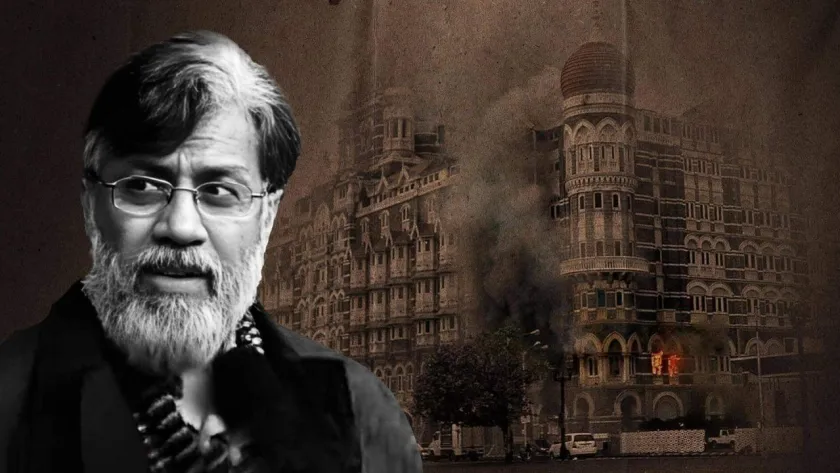




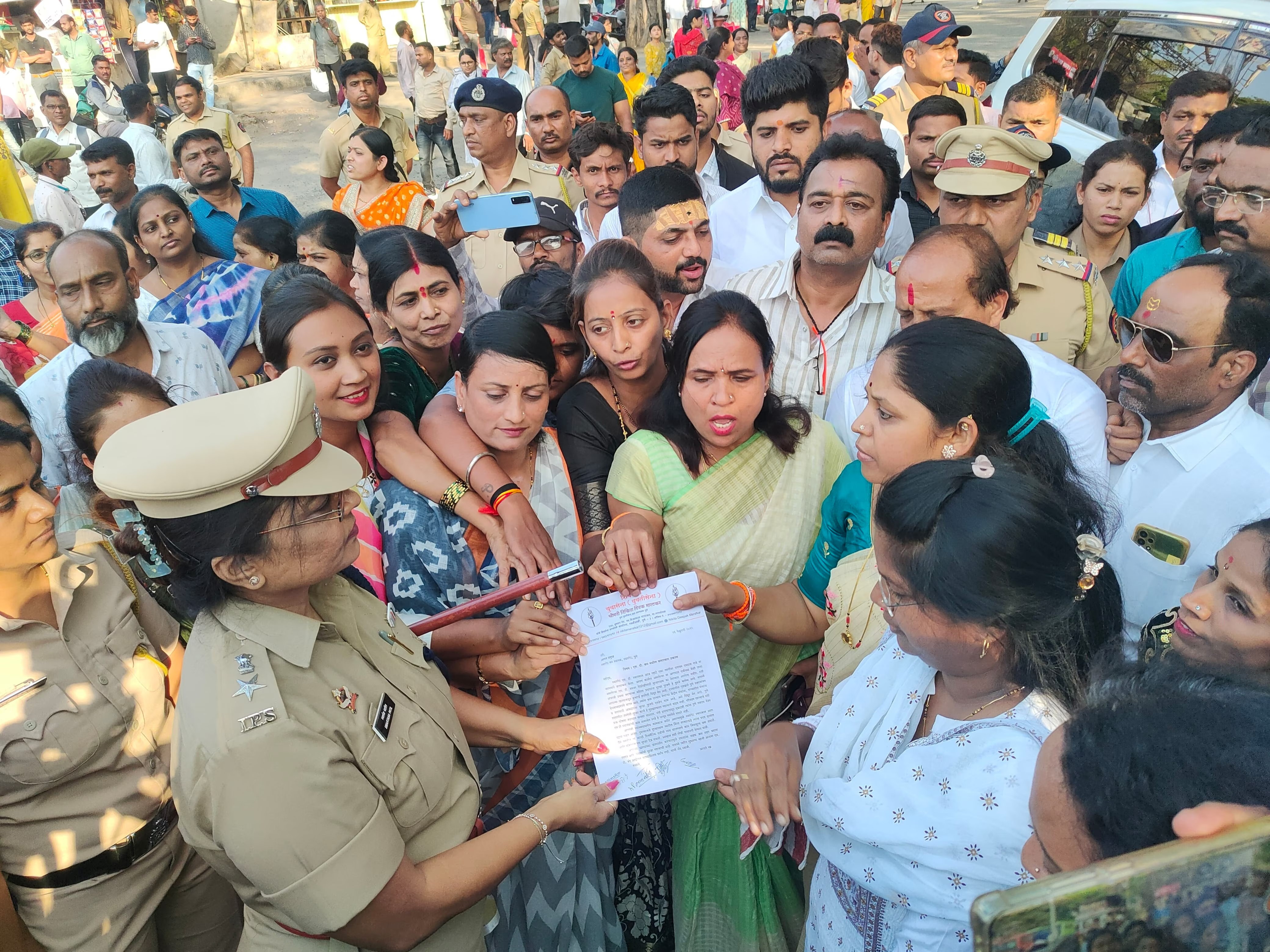


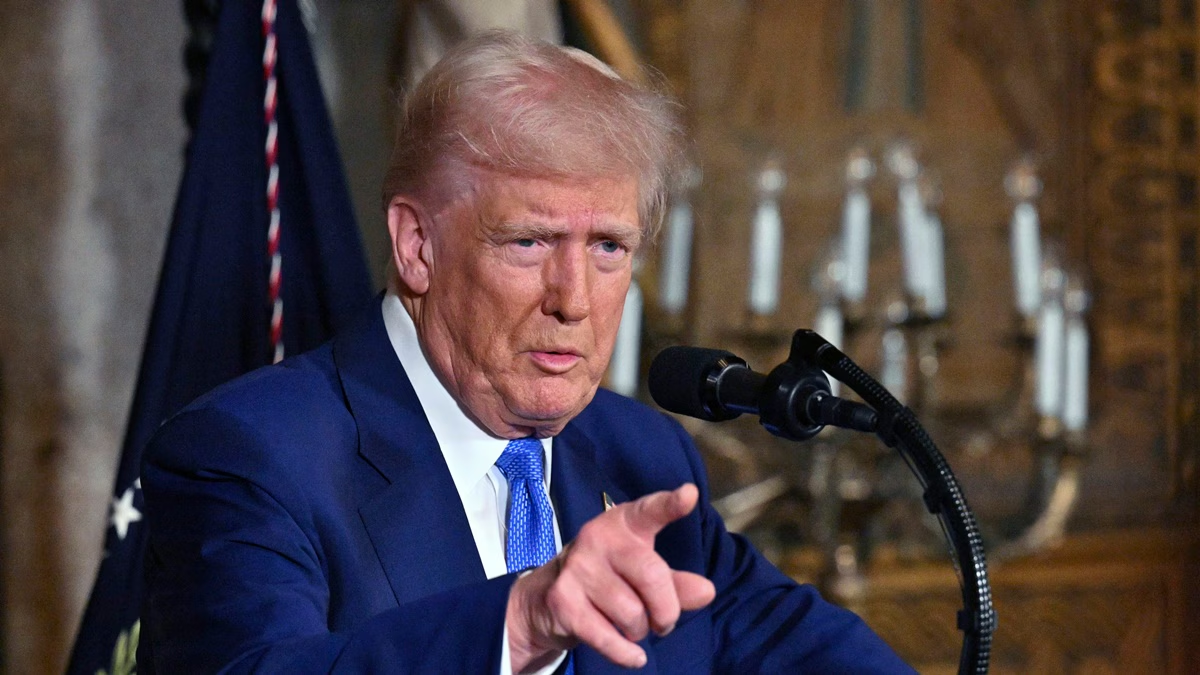













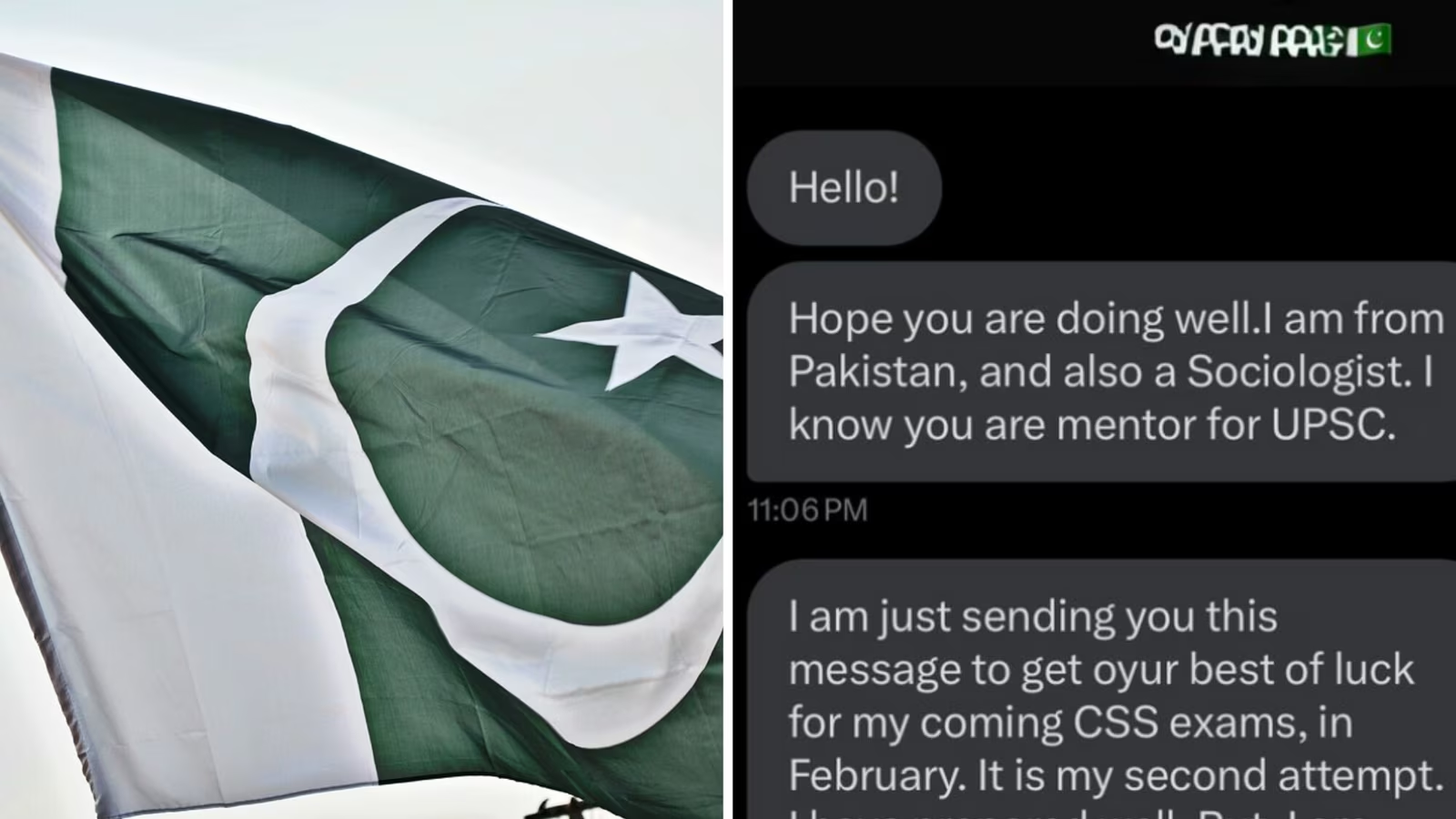
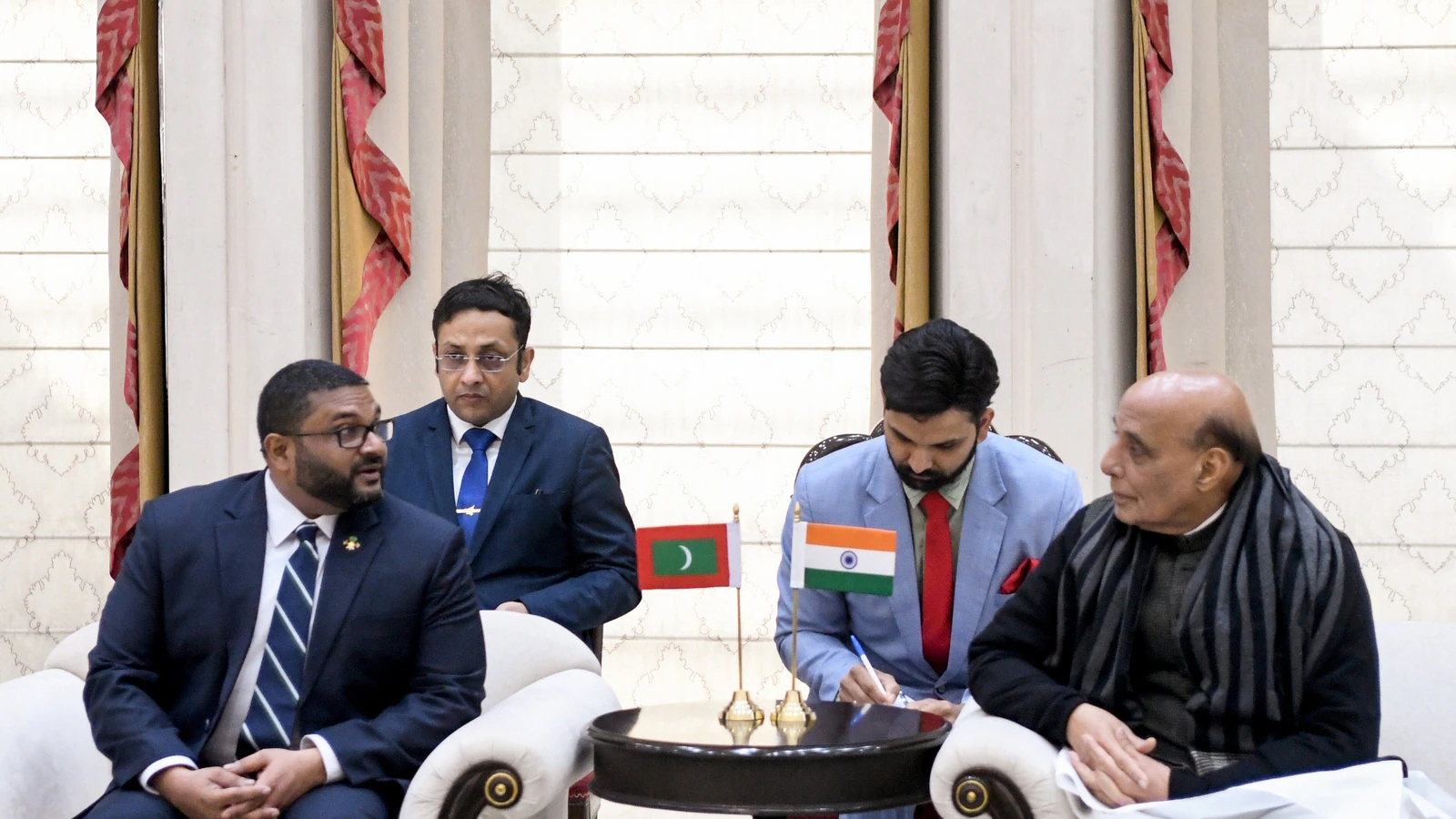

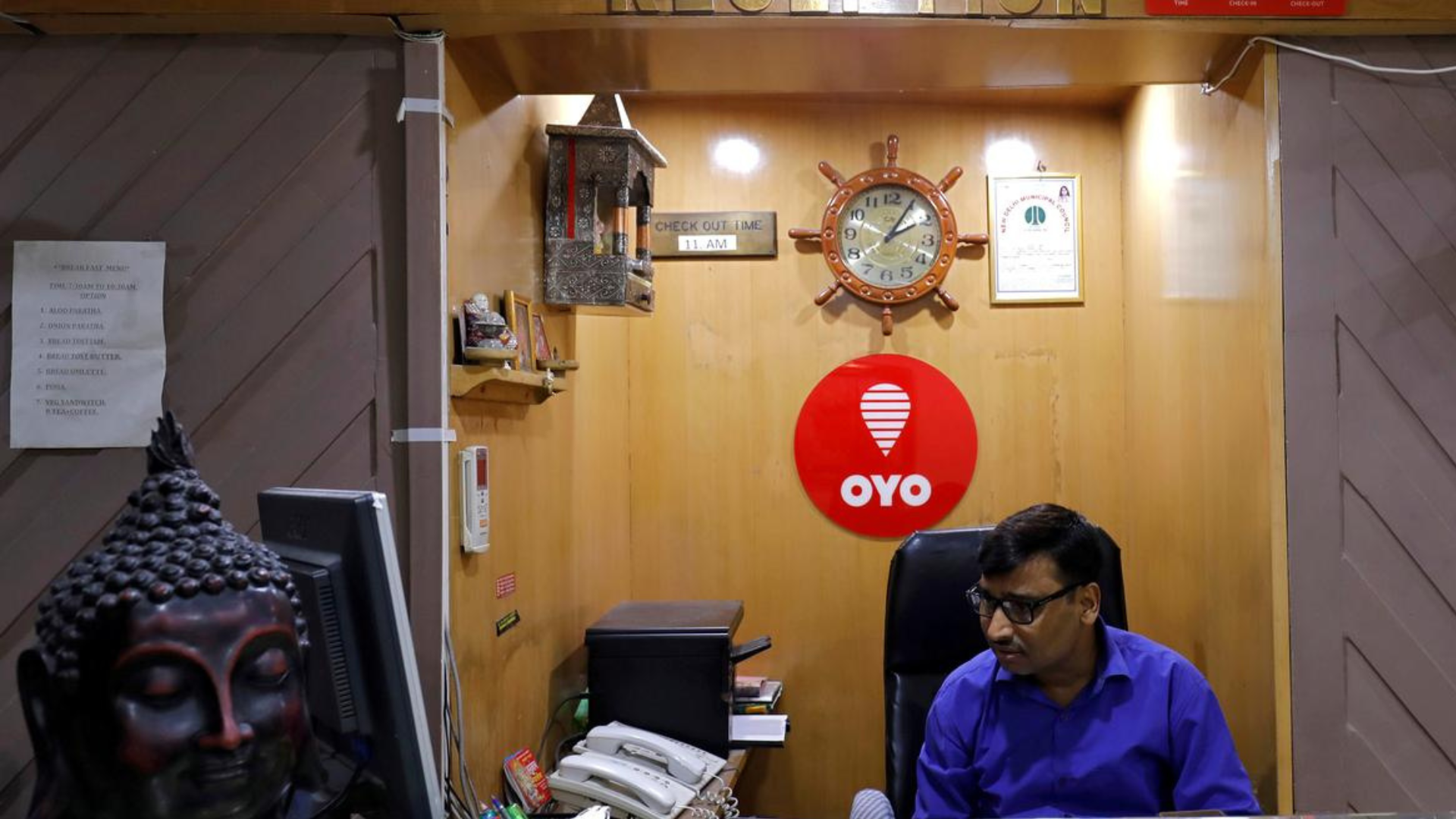

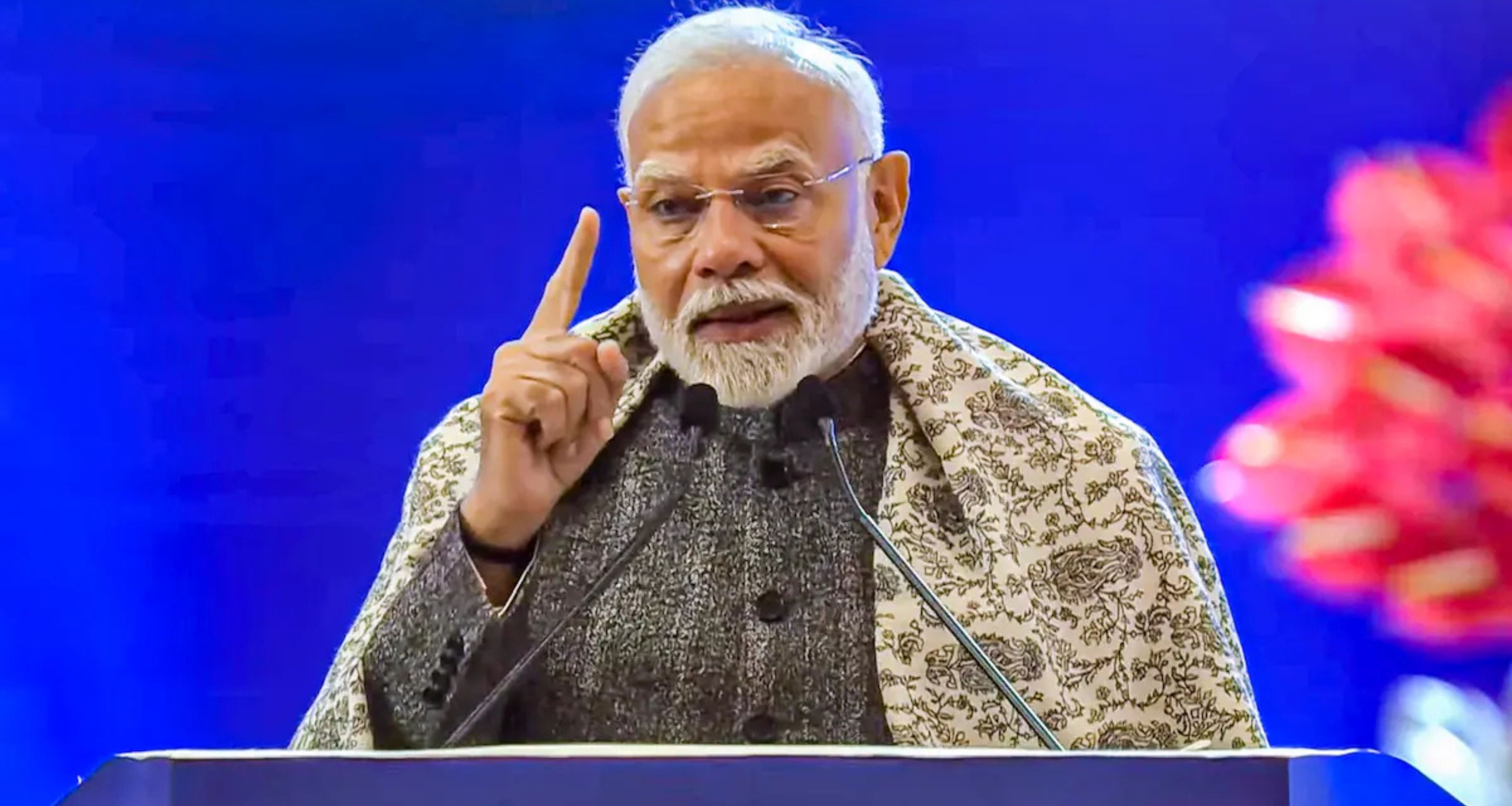
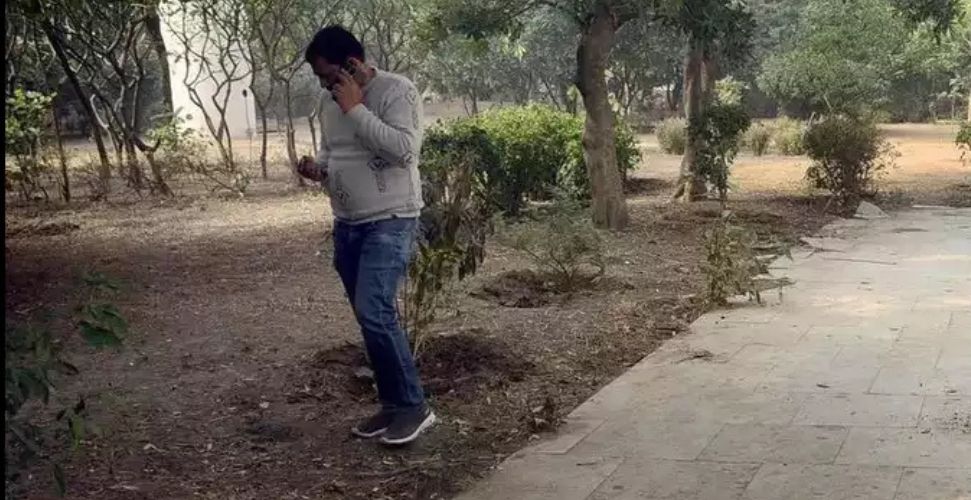

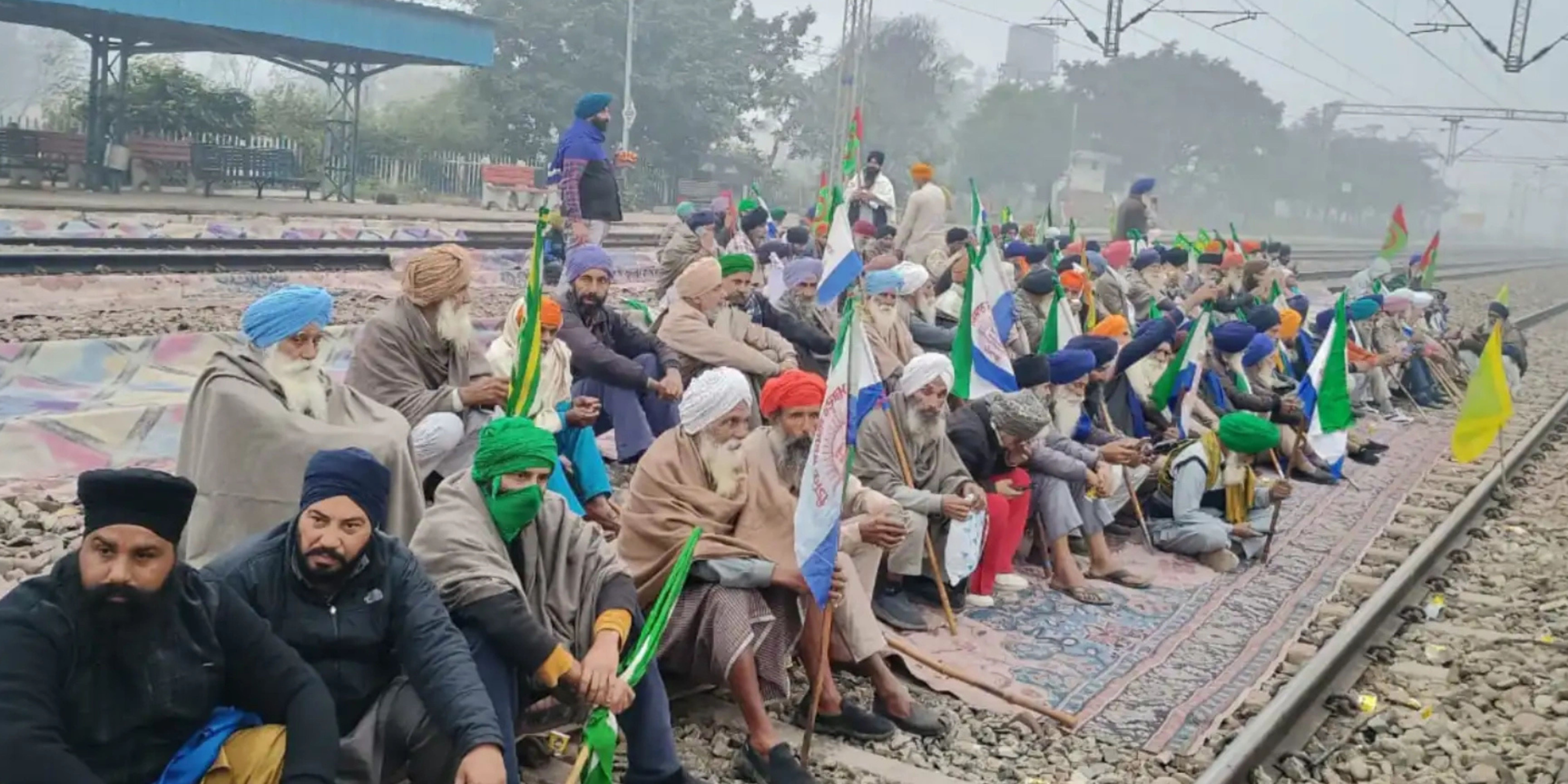
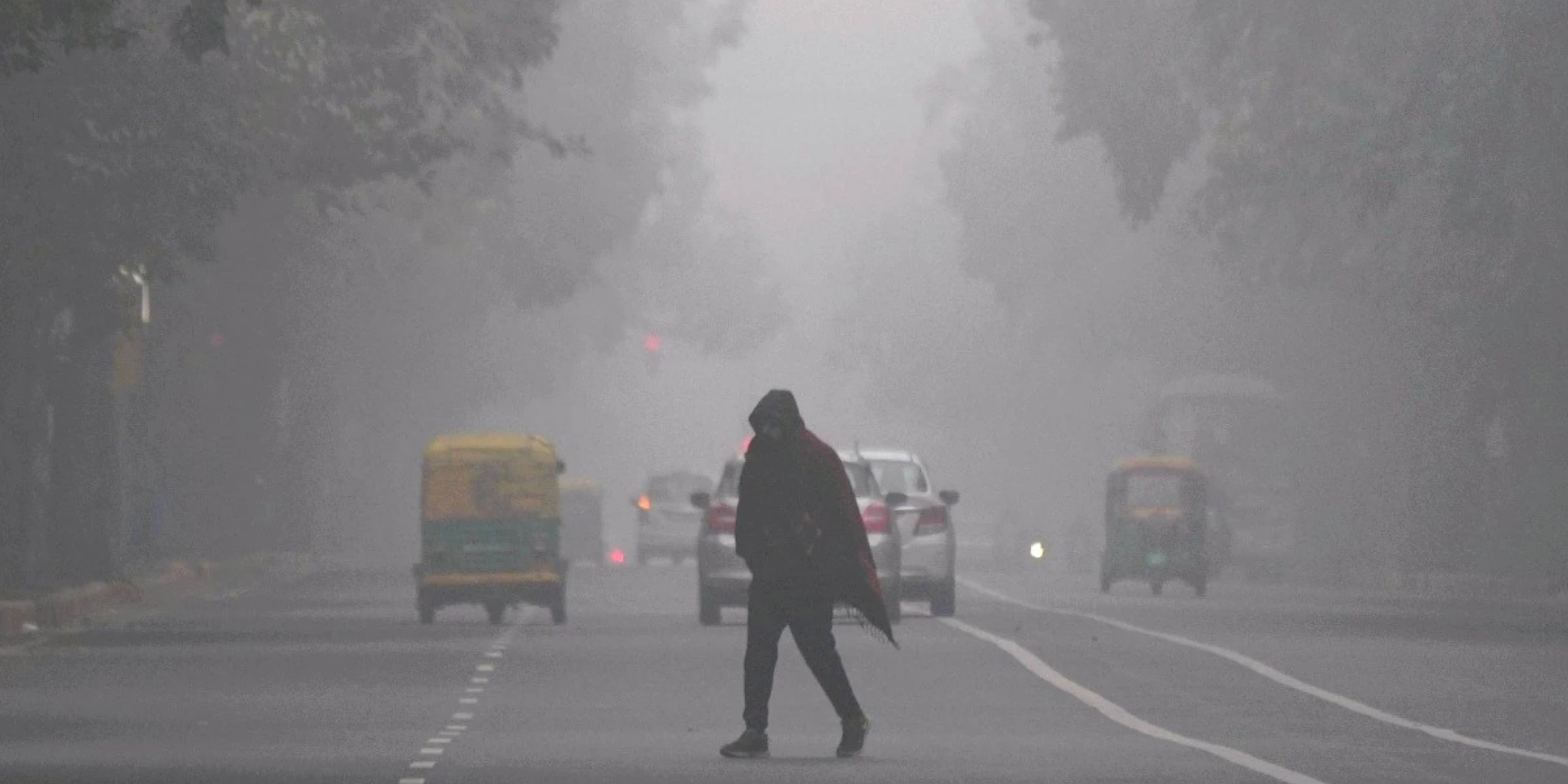
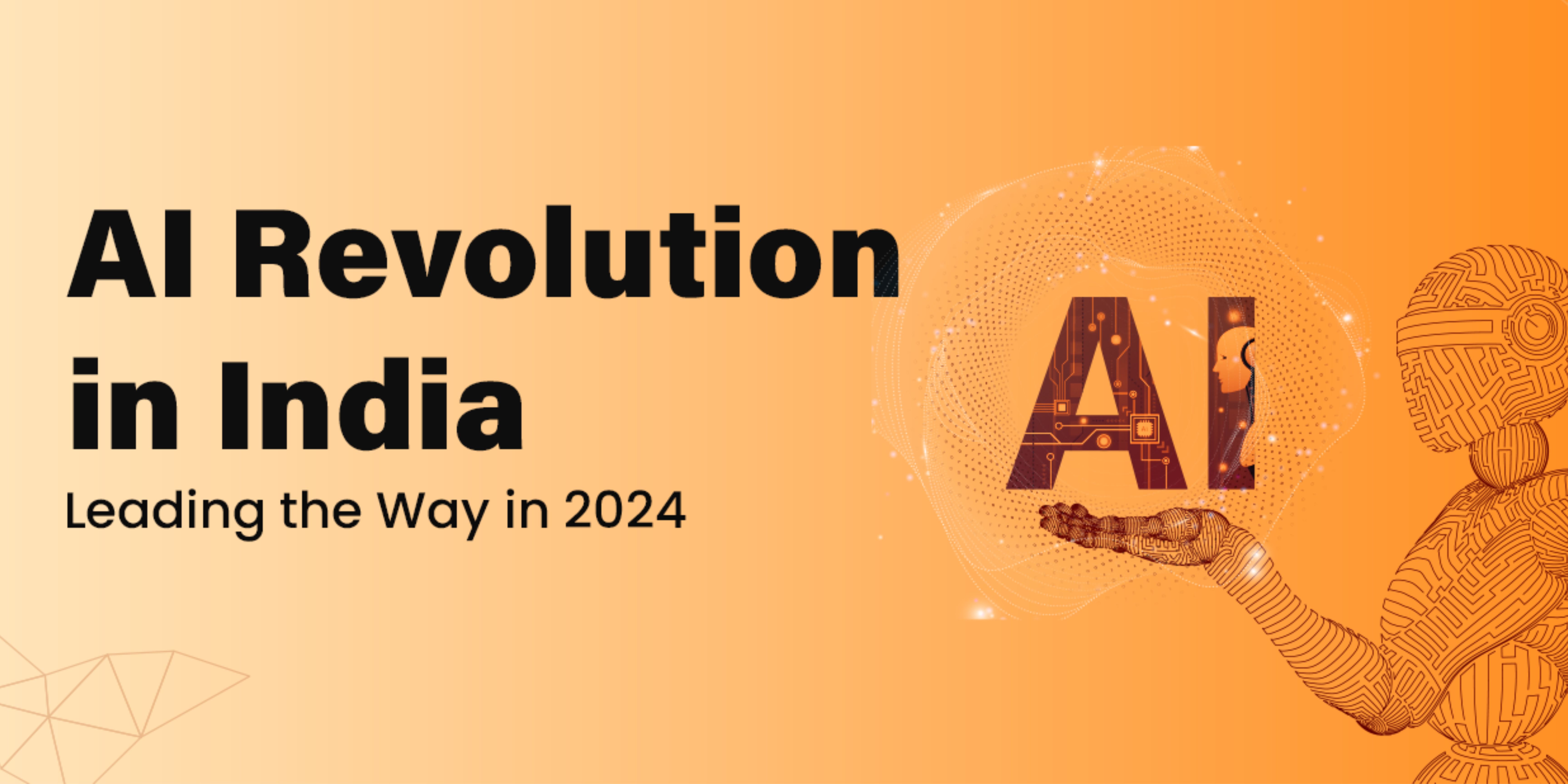


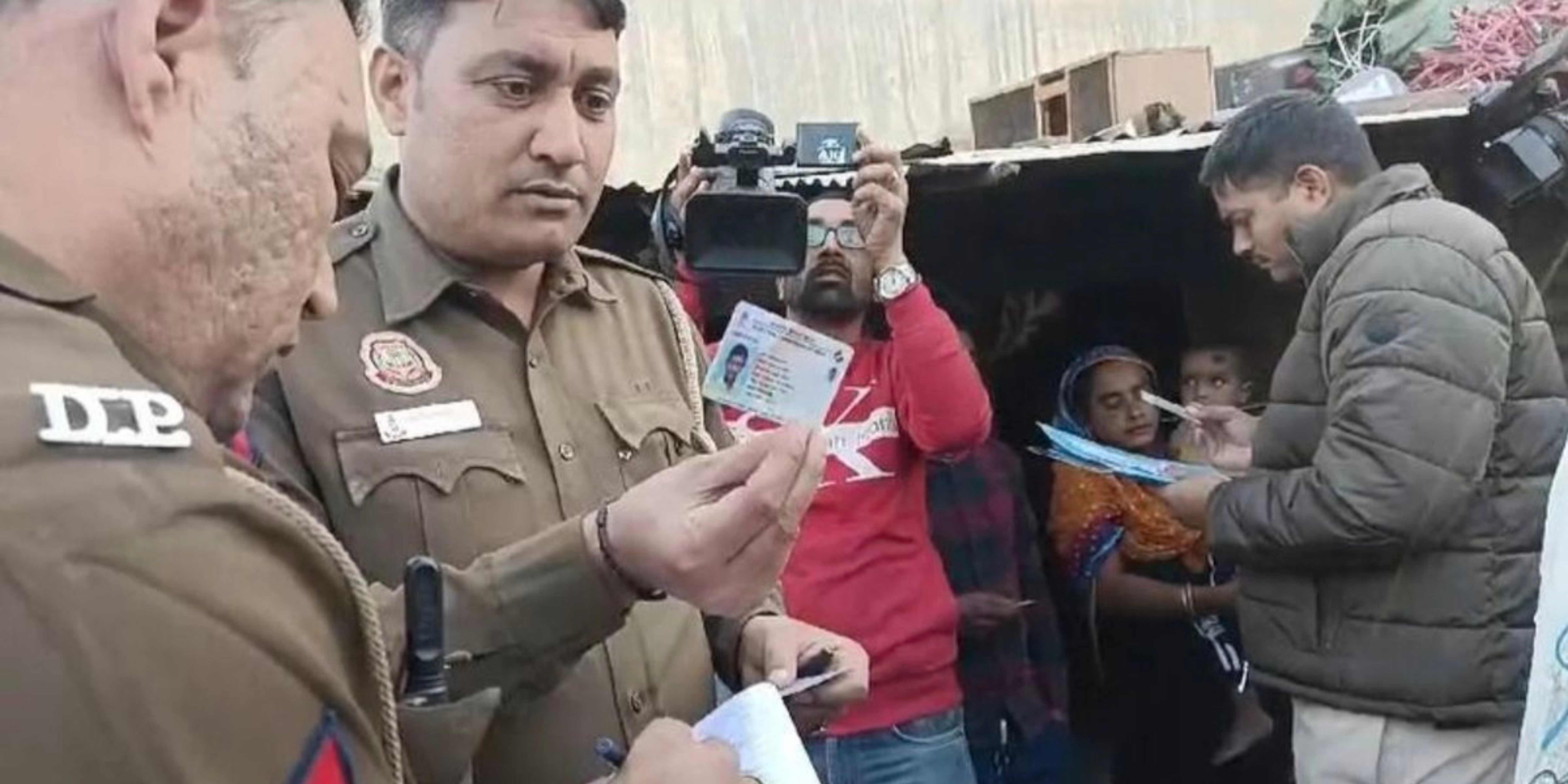

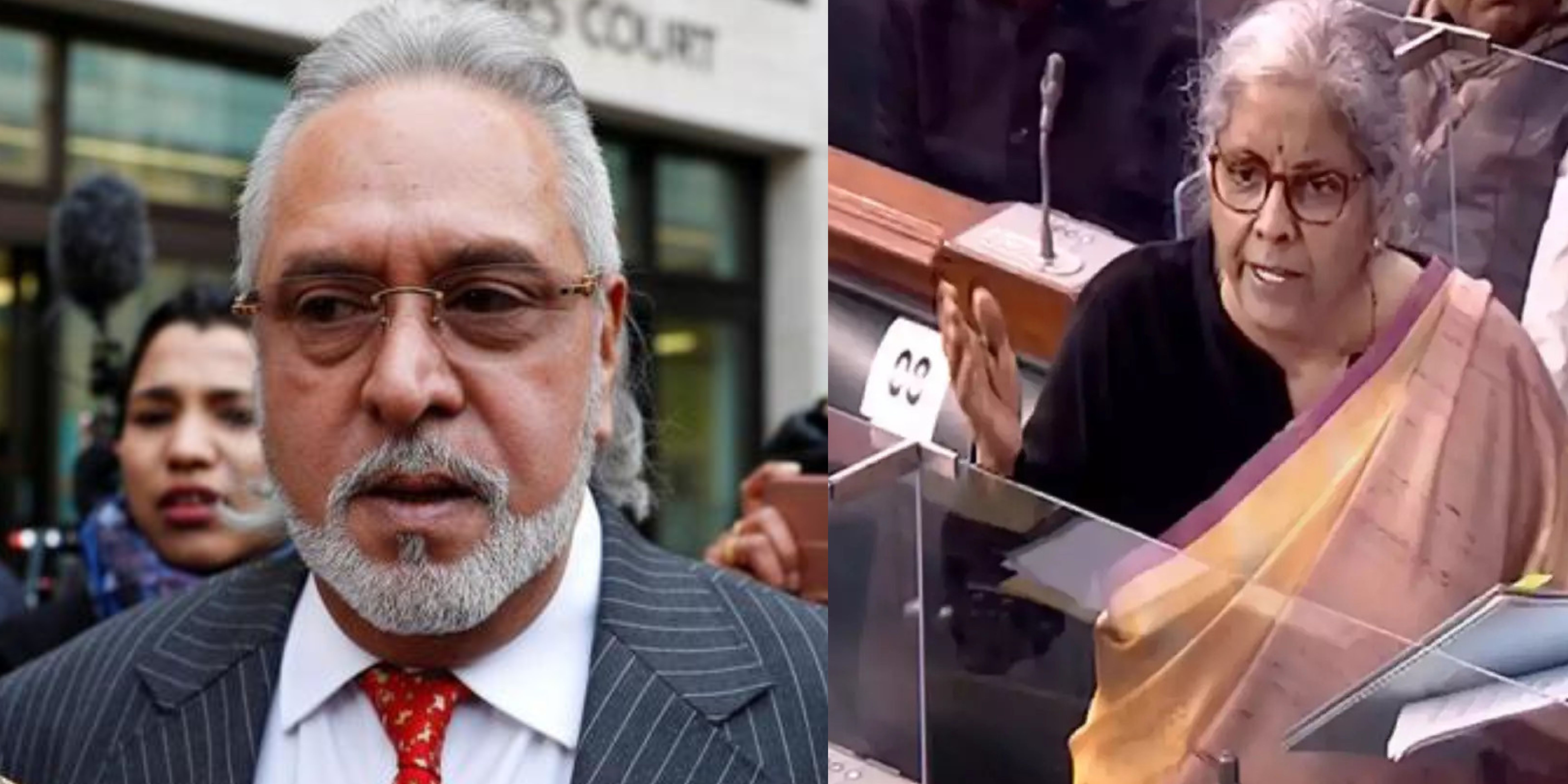
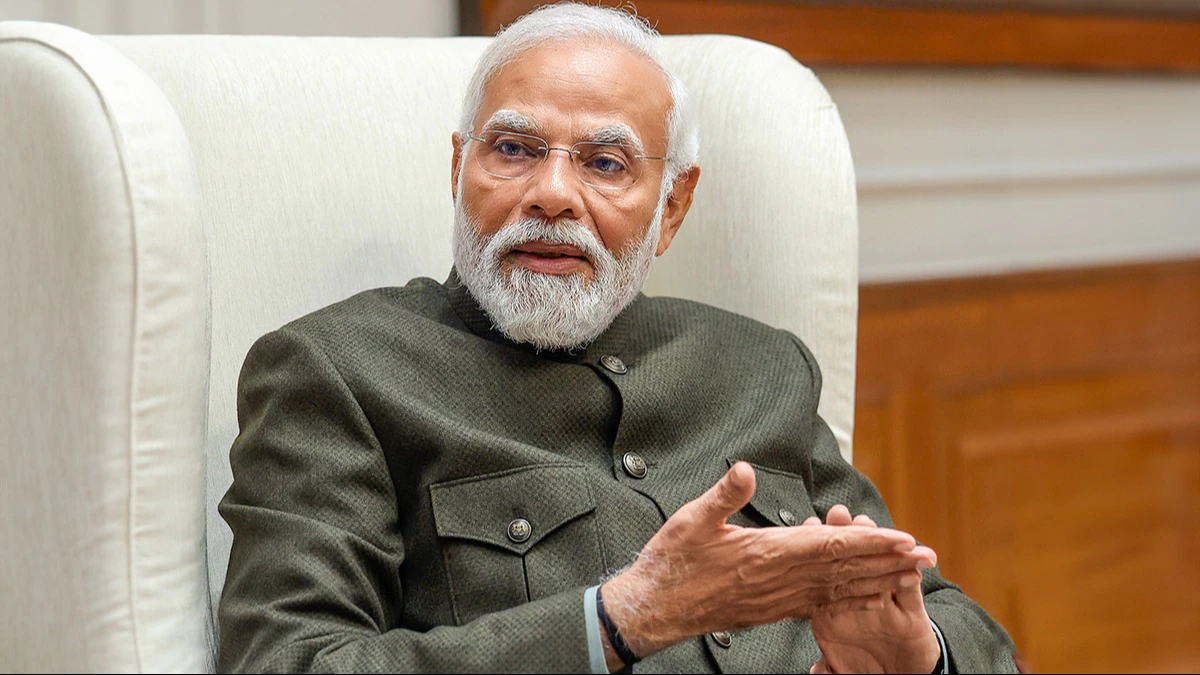




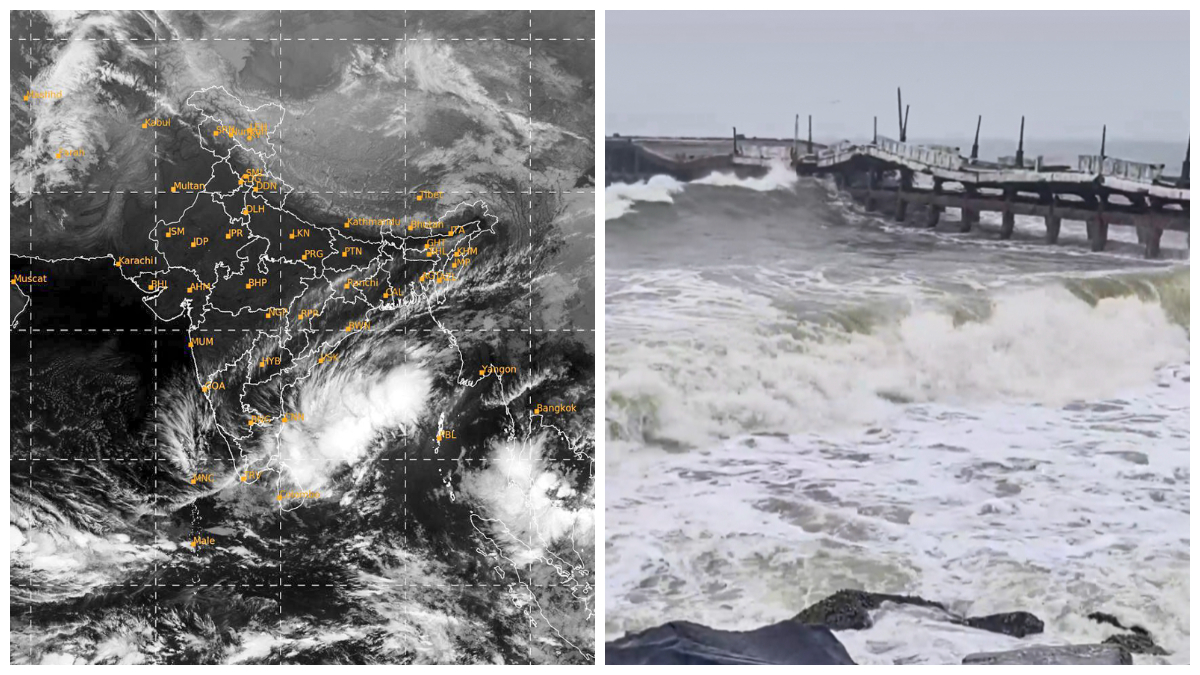

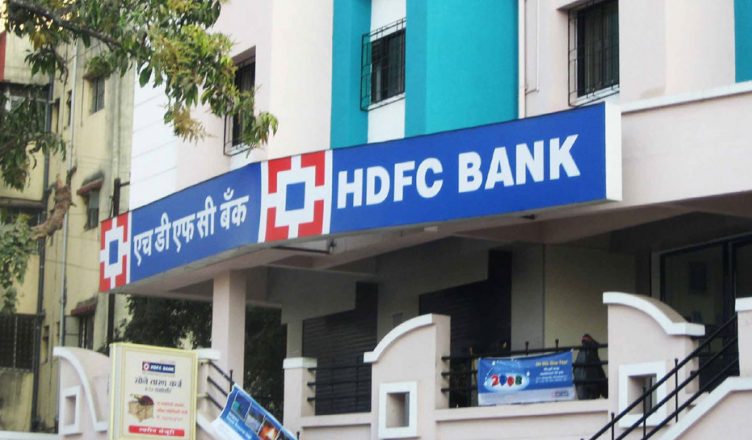

.jfif)

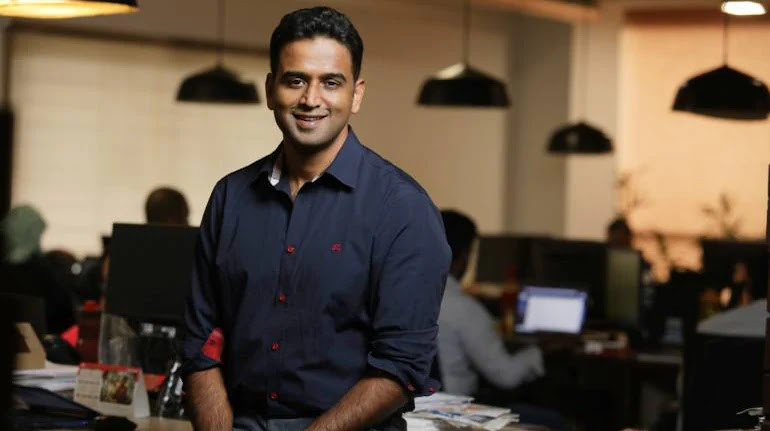

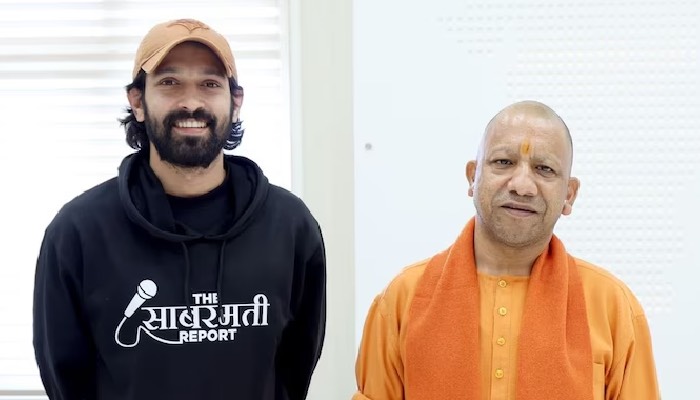

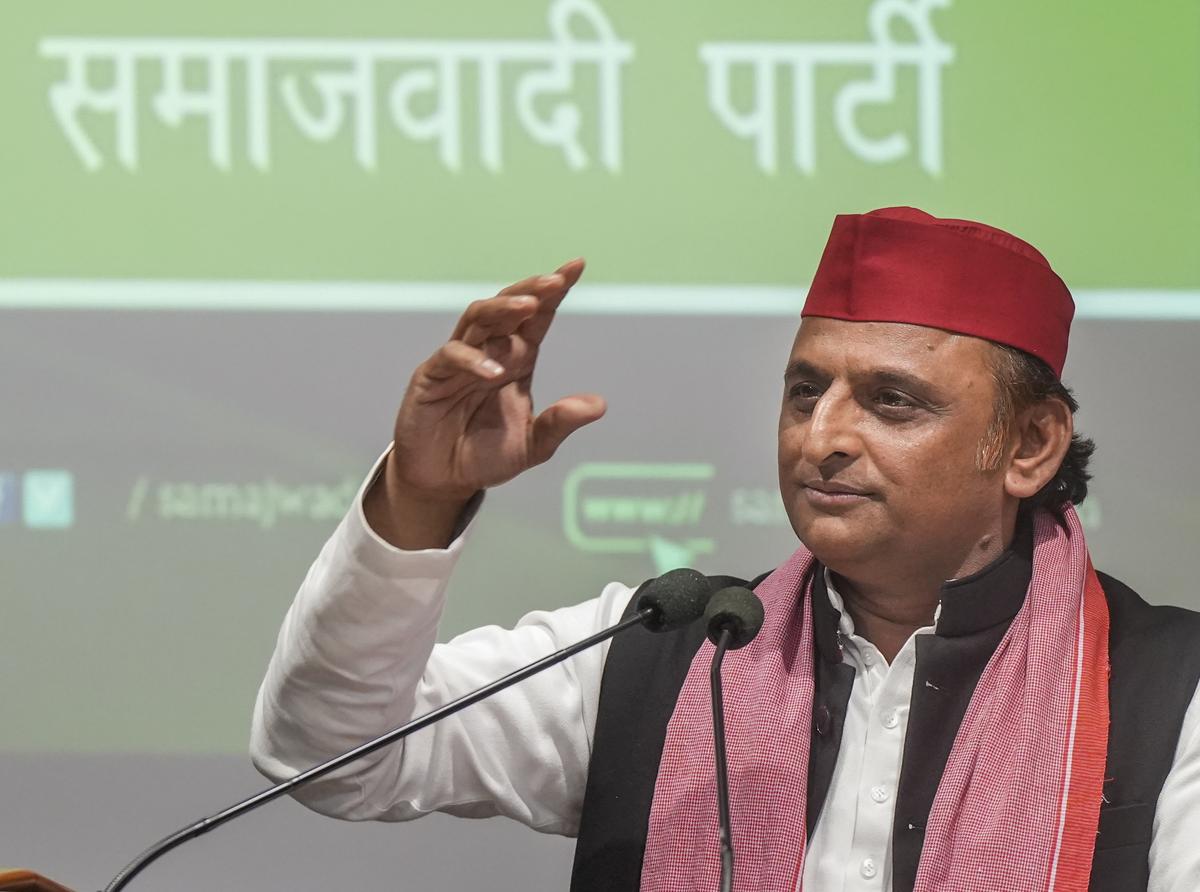

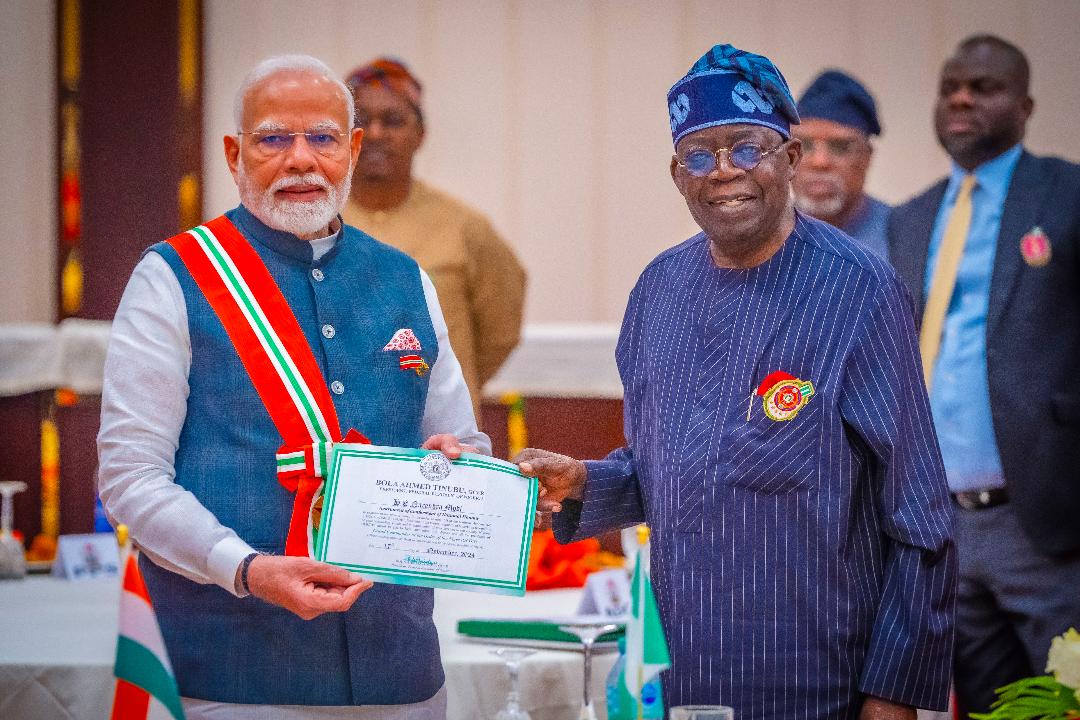

.jpg)

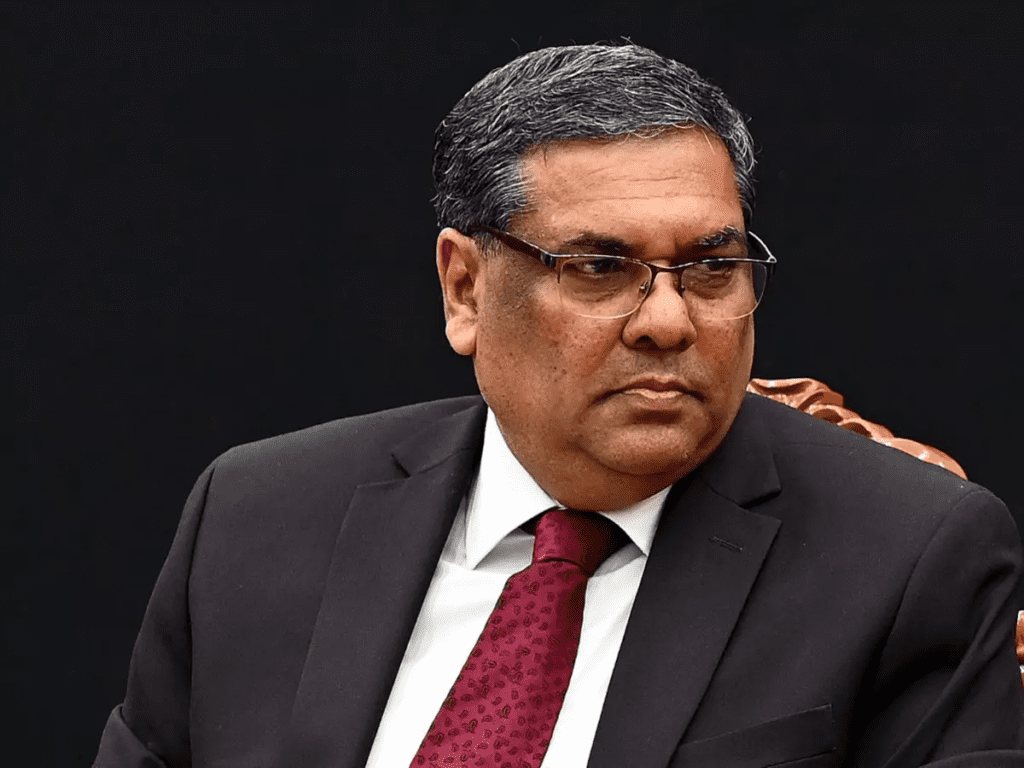

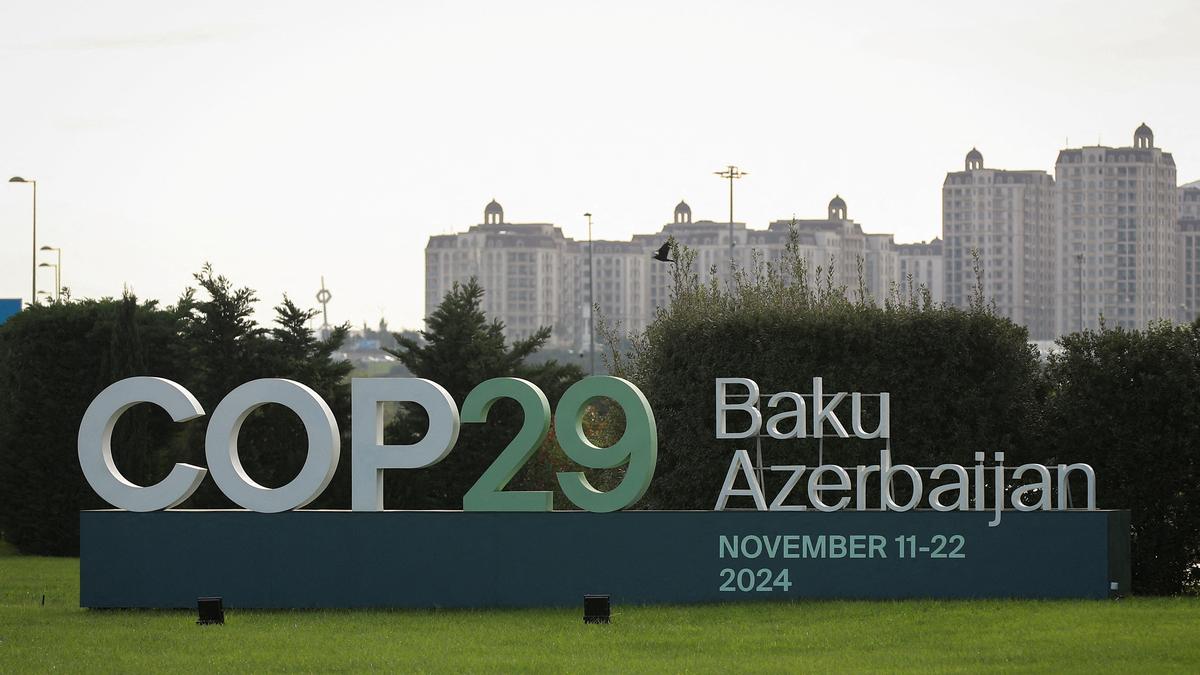

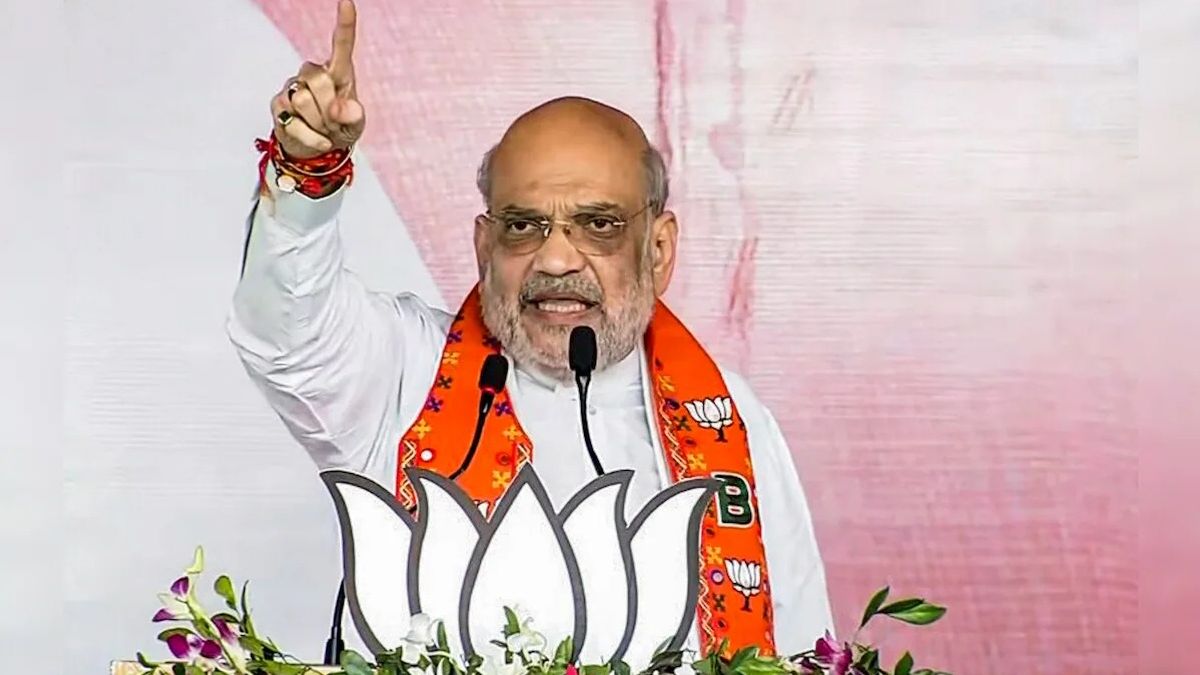
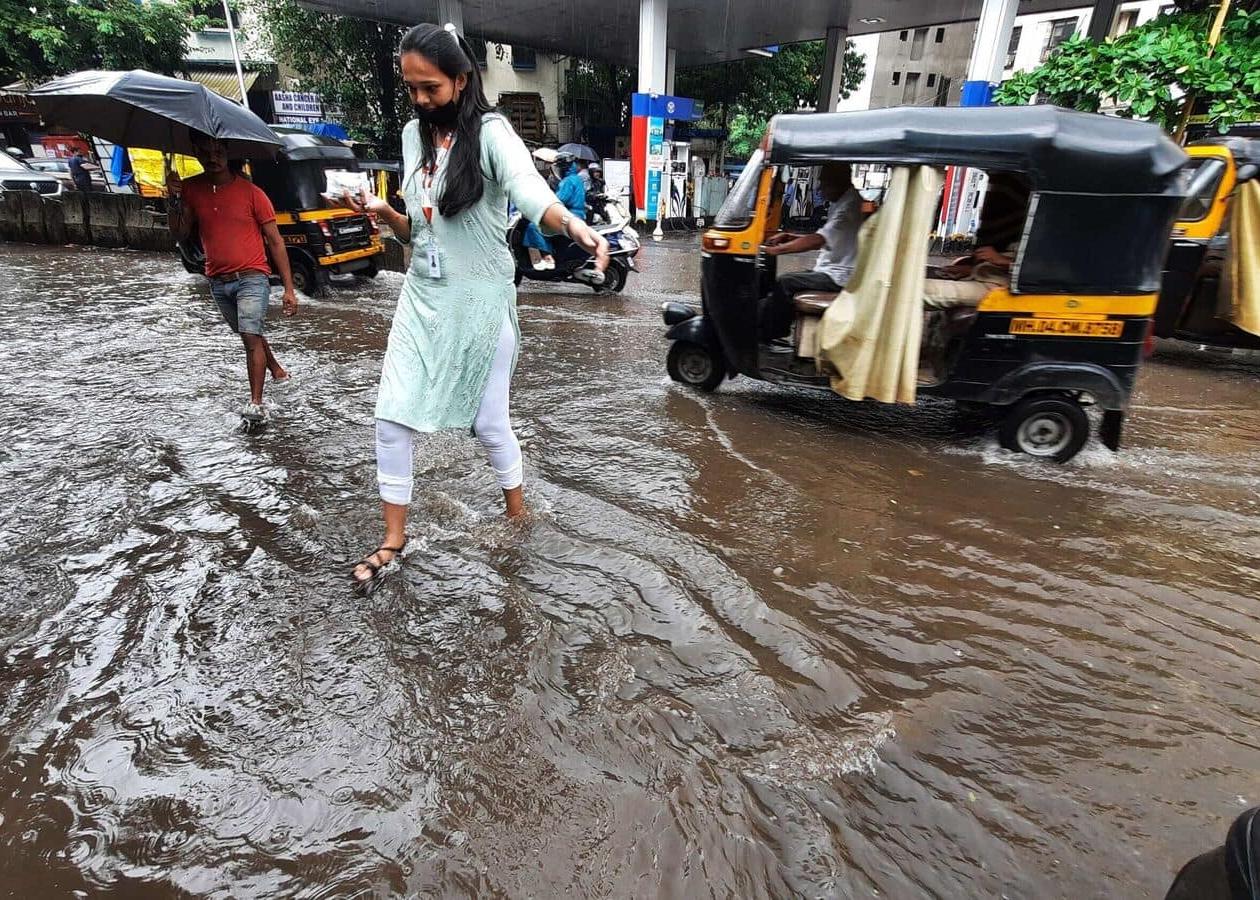
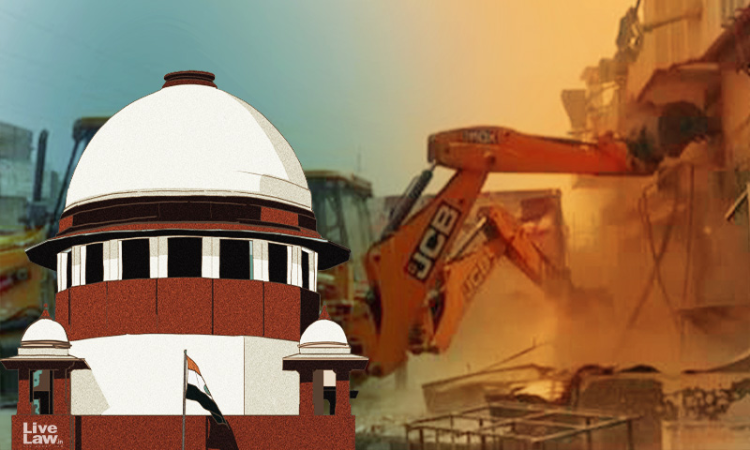
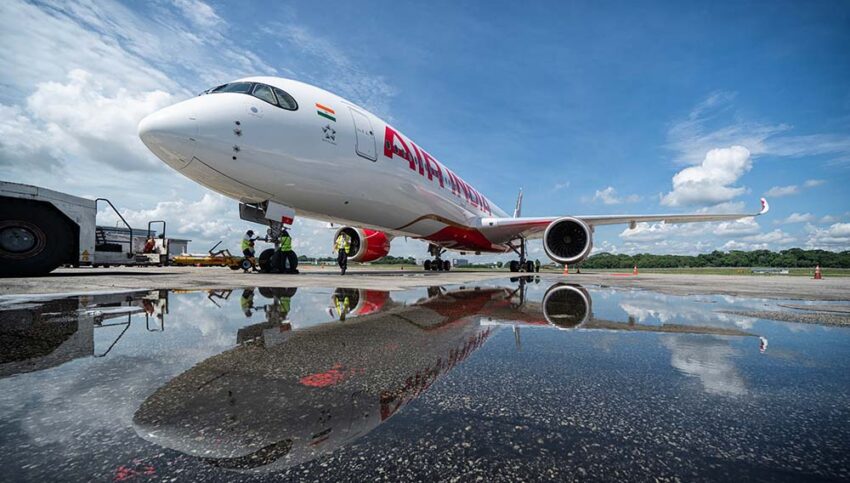
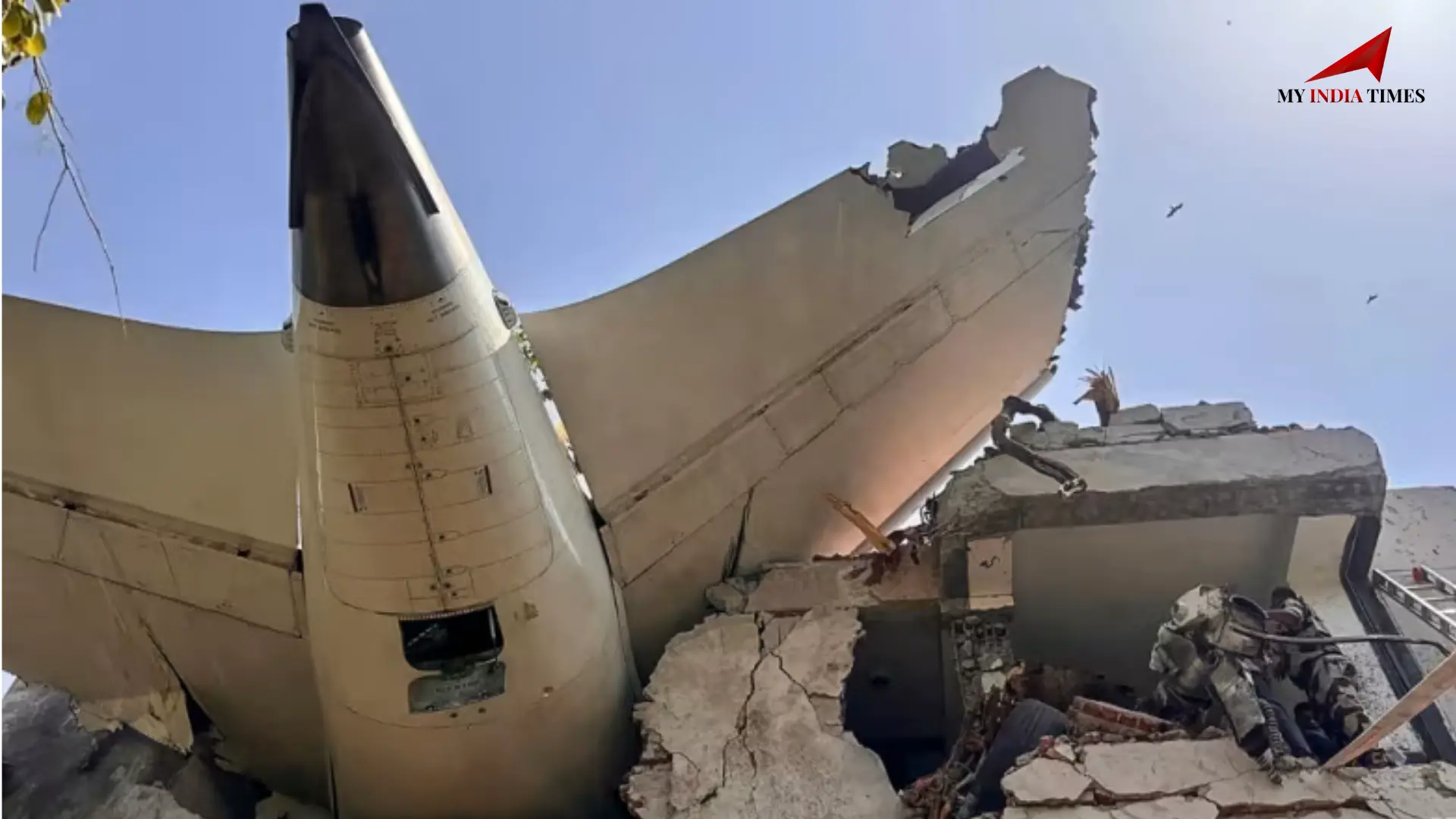
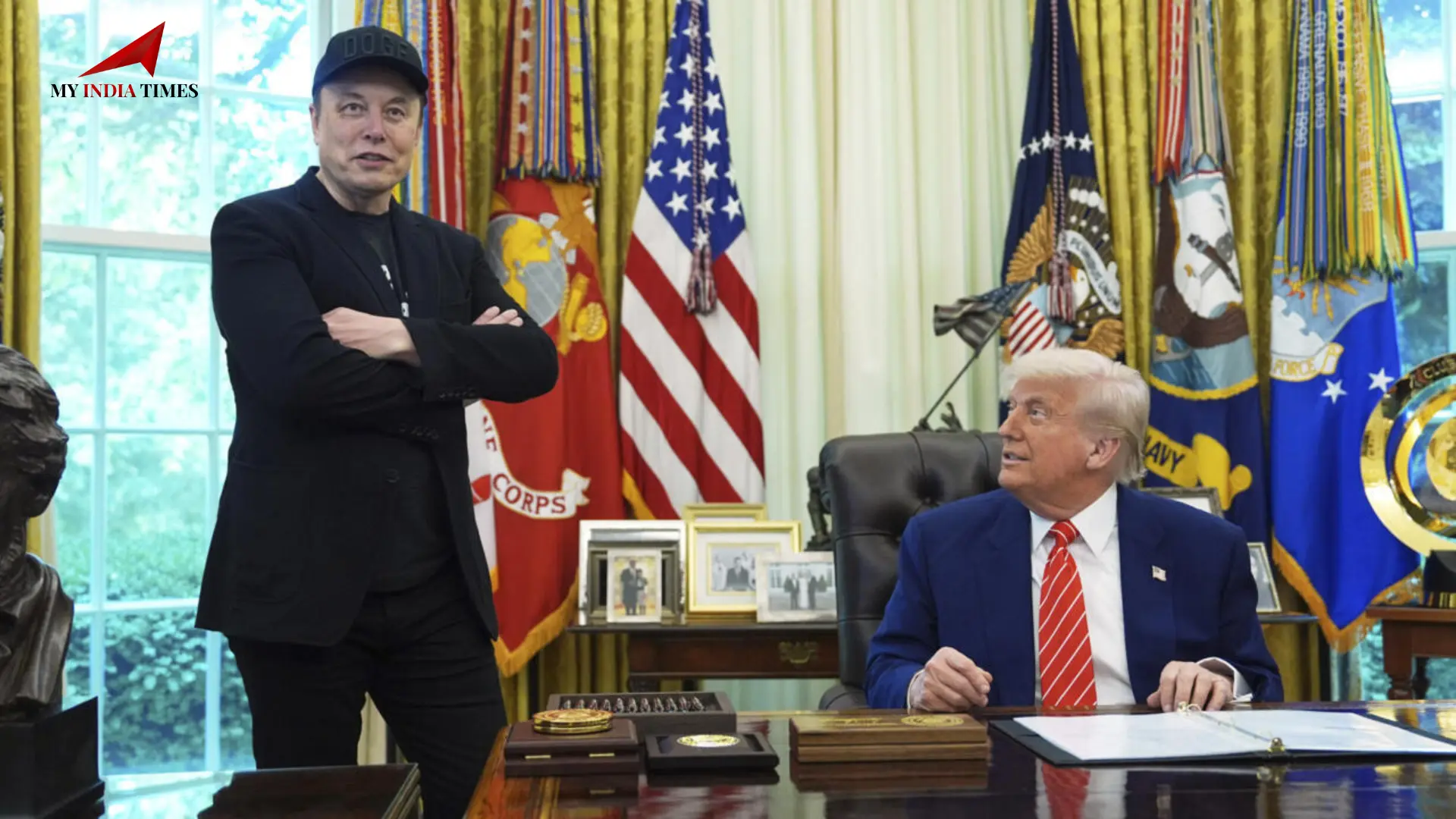

















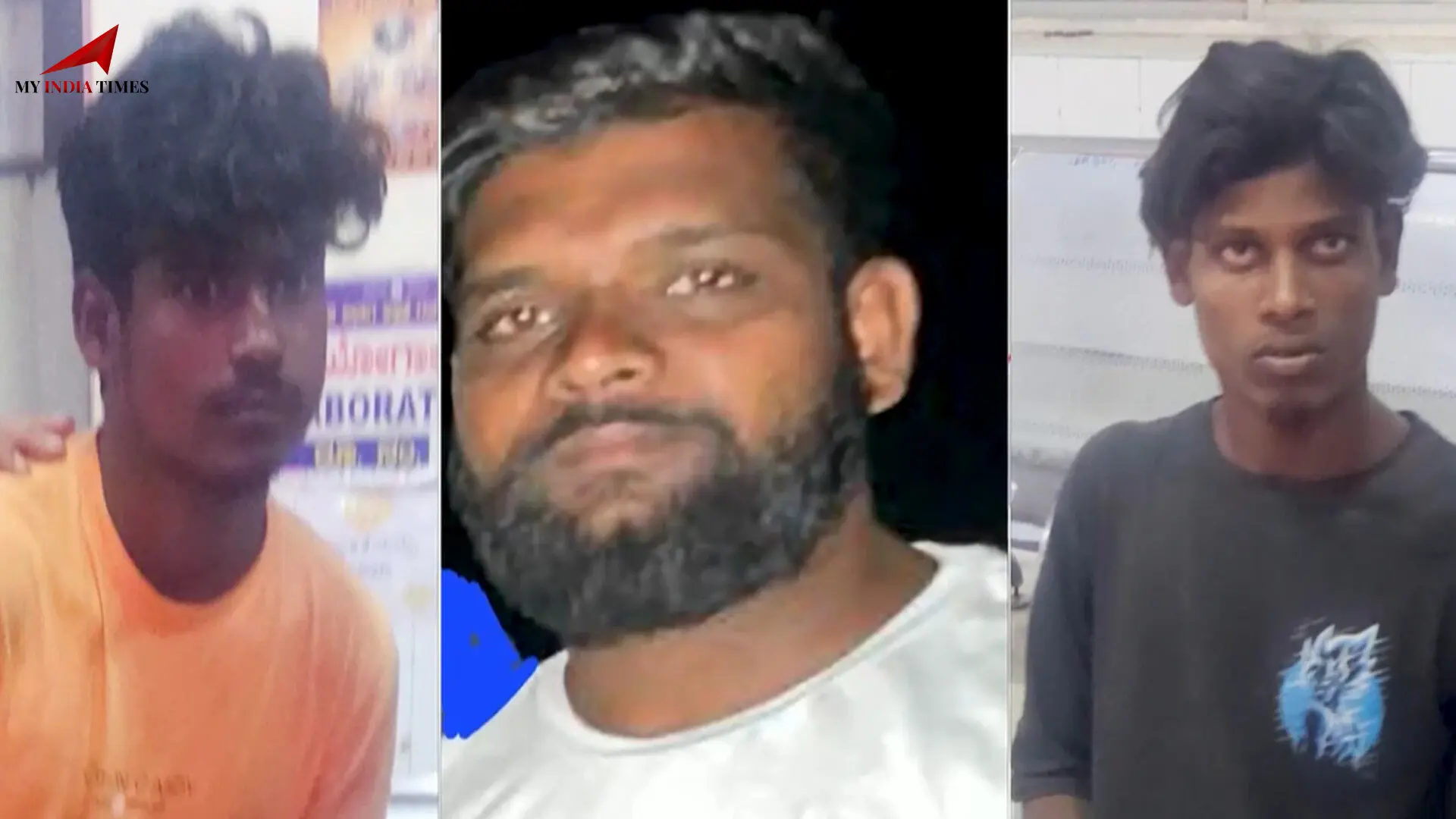
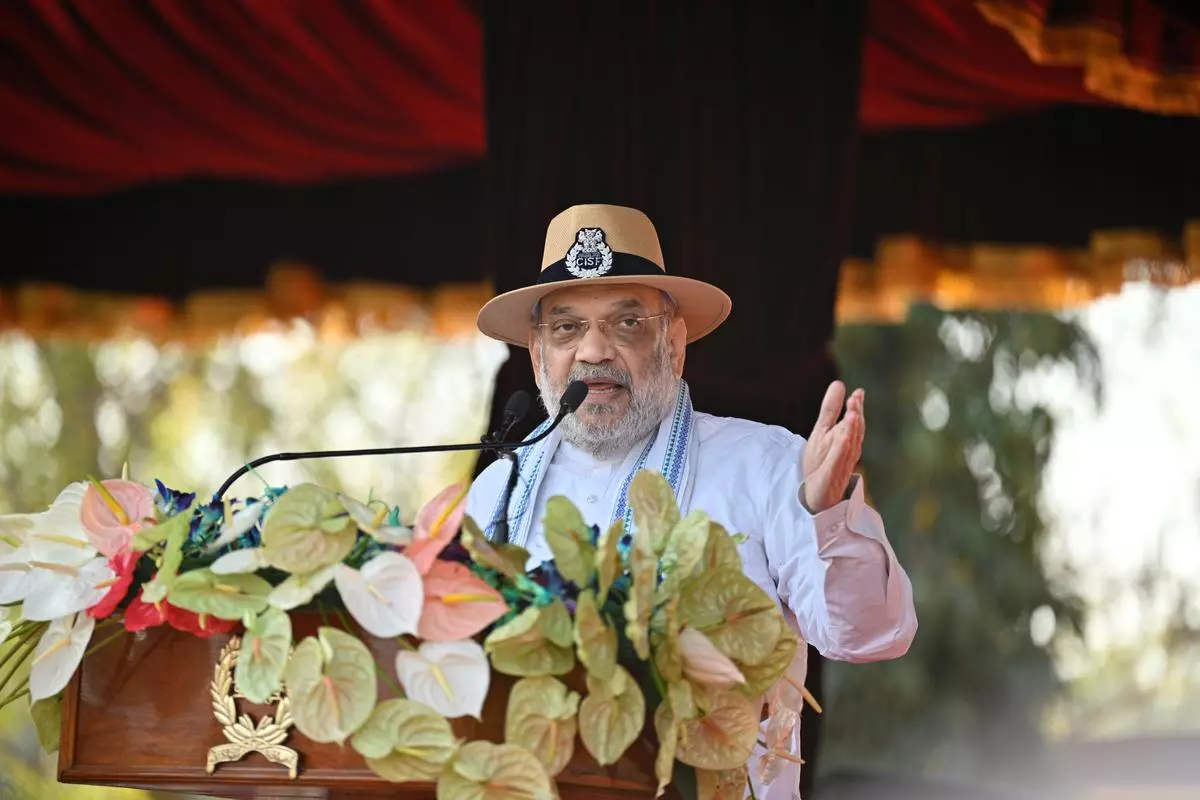






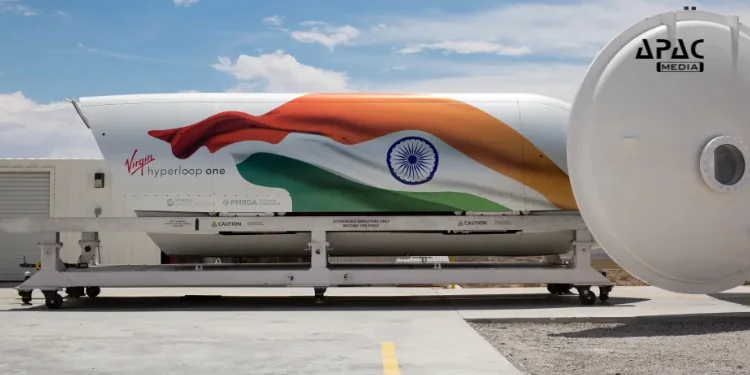

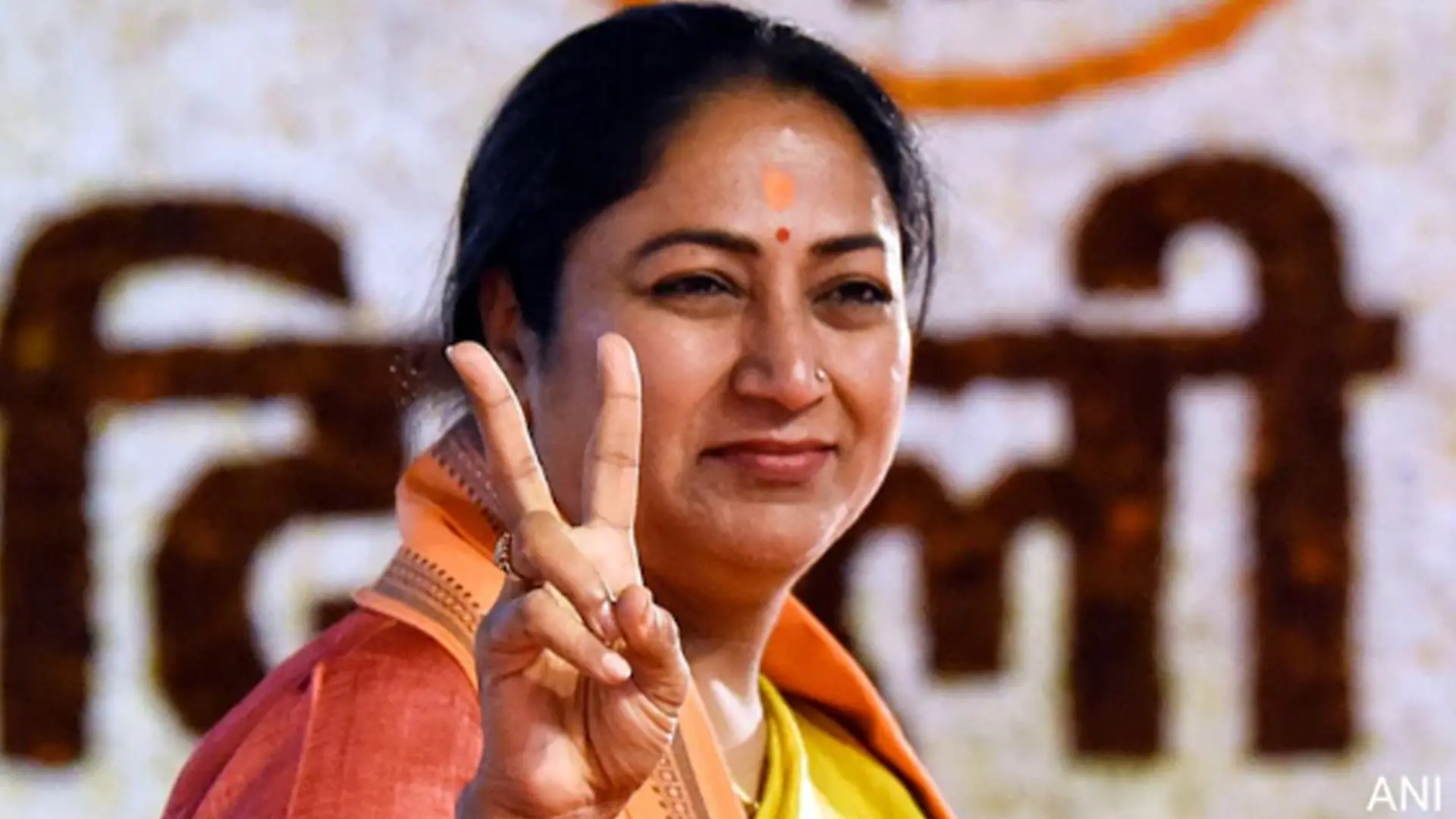

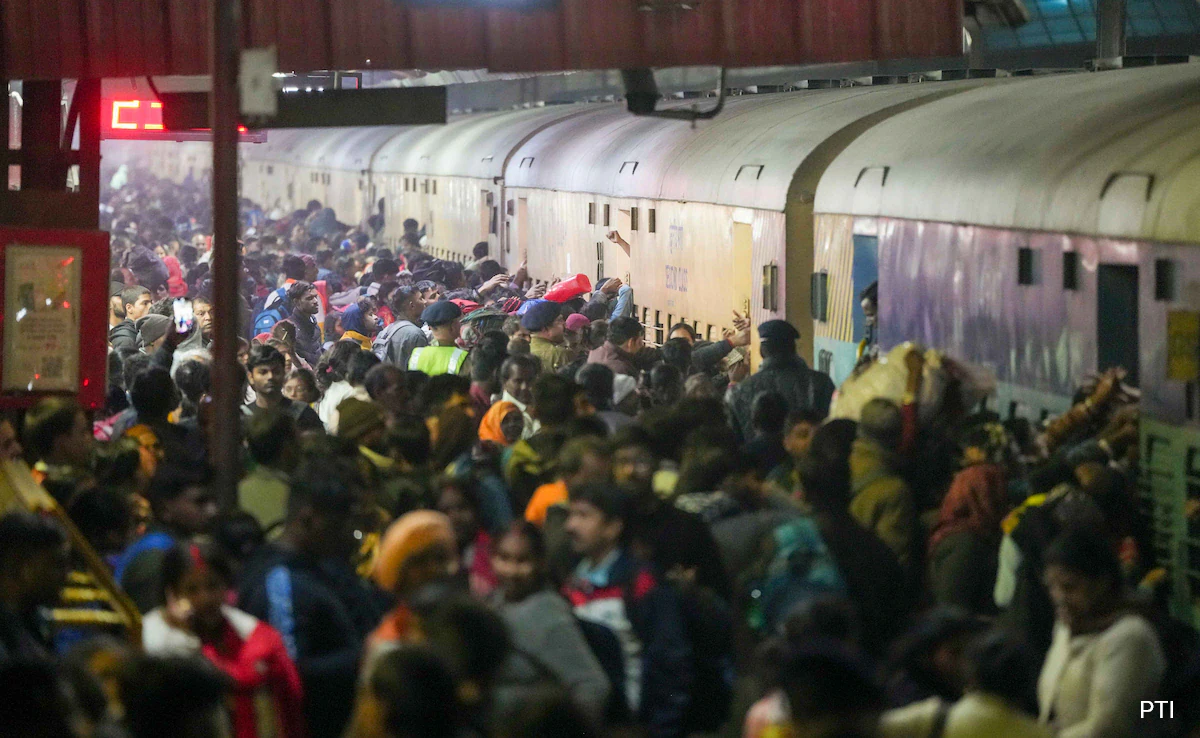
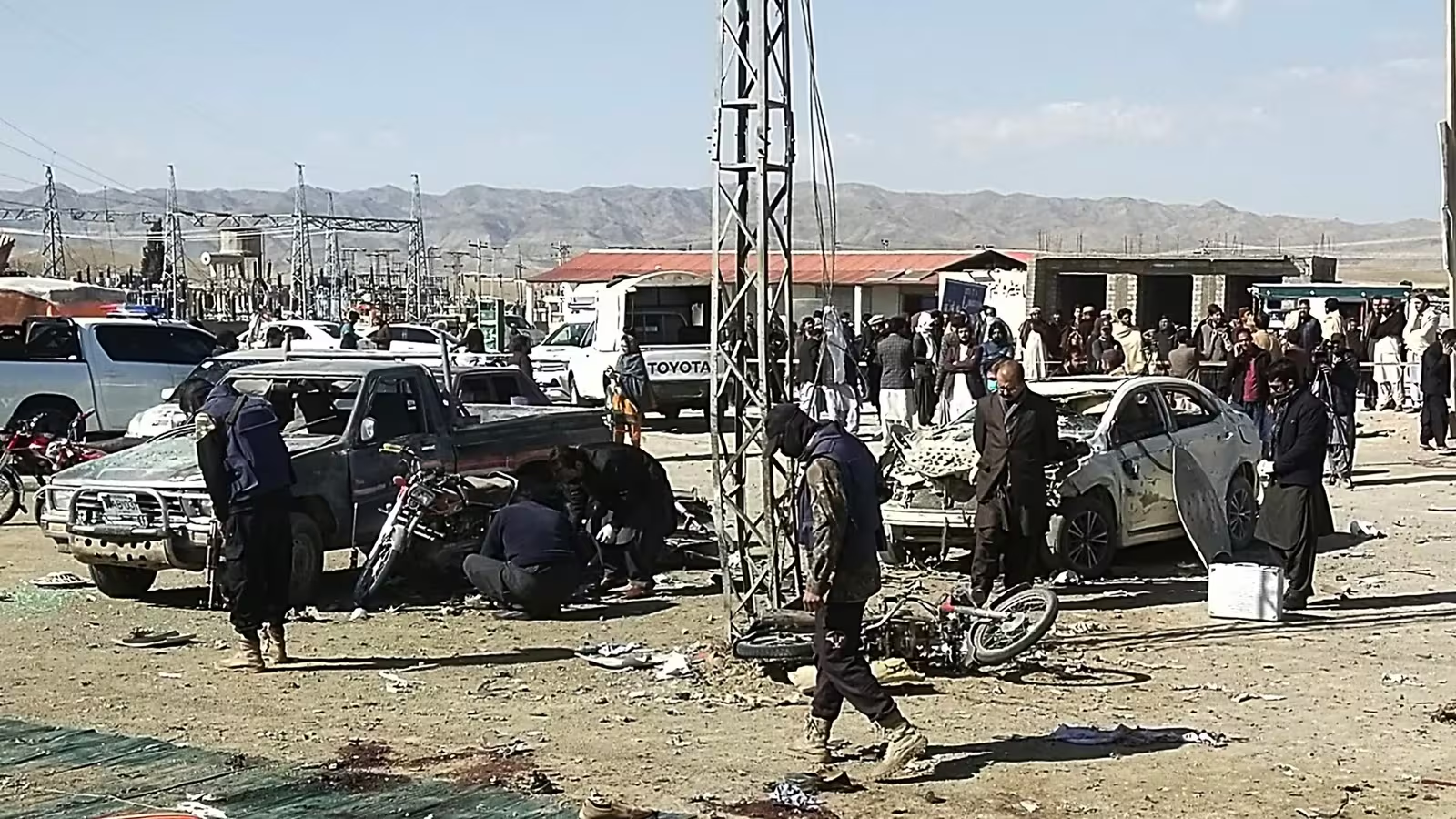
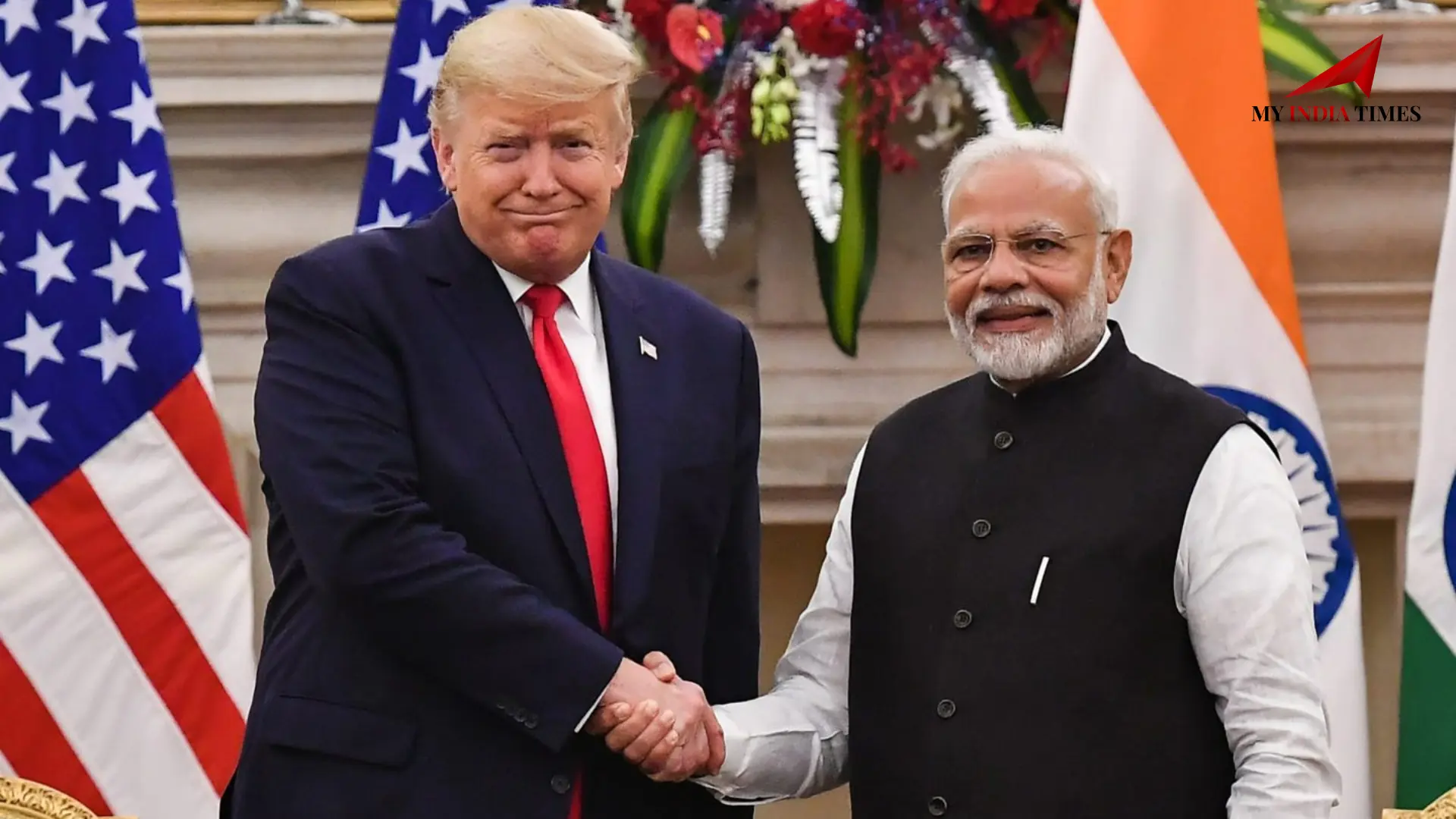
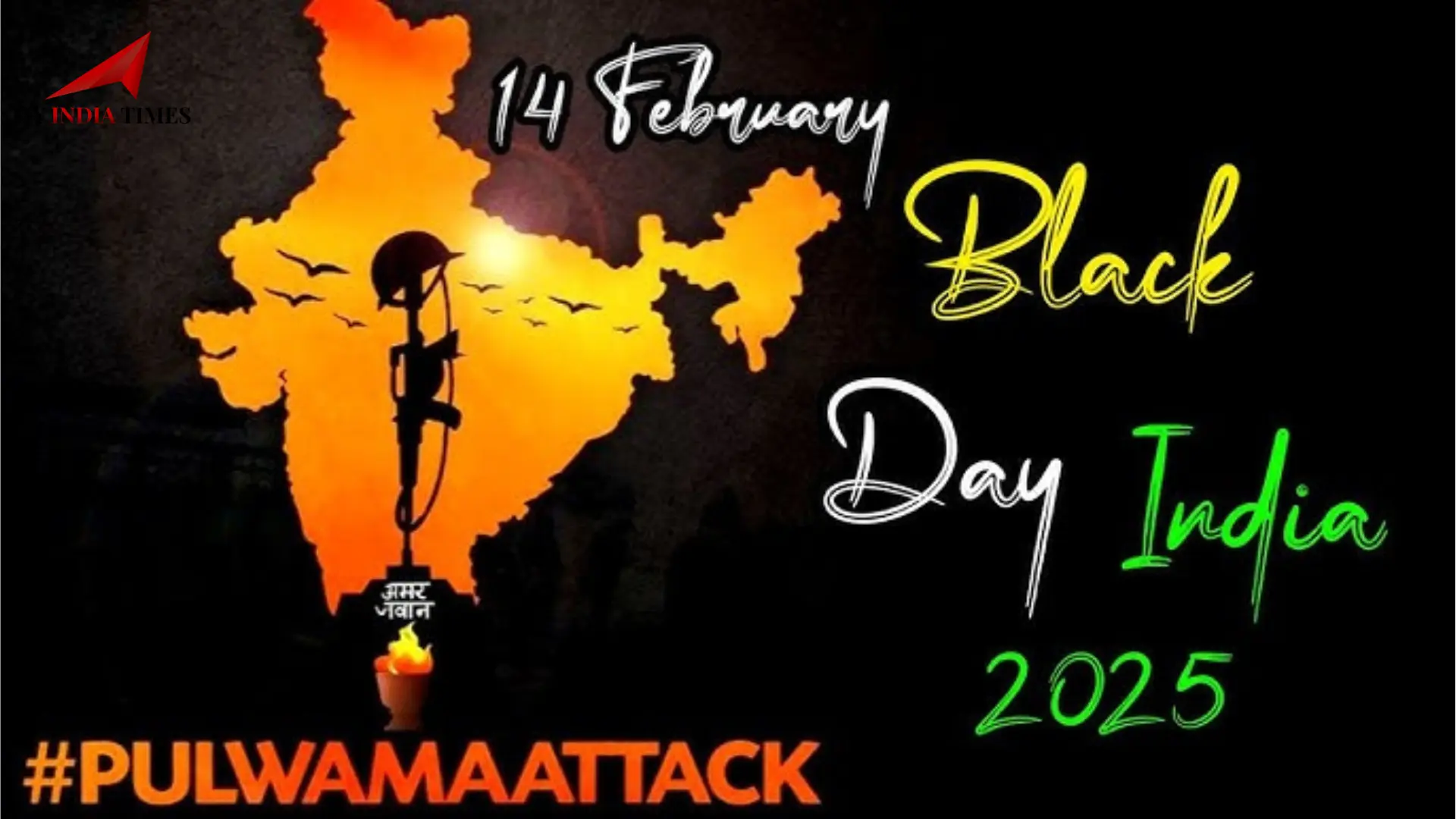
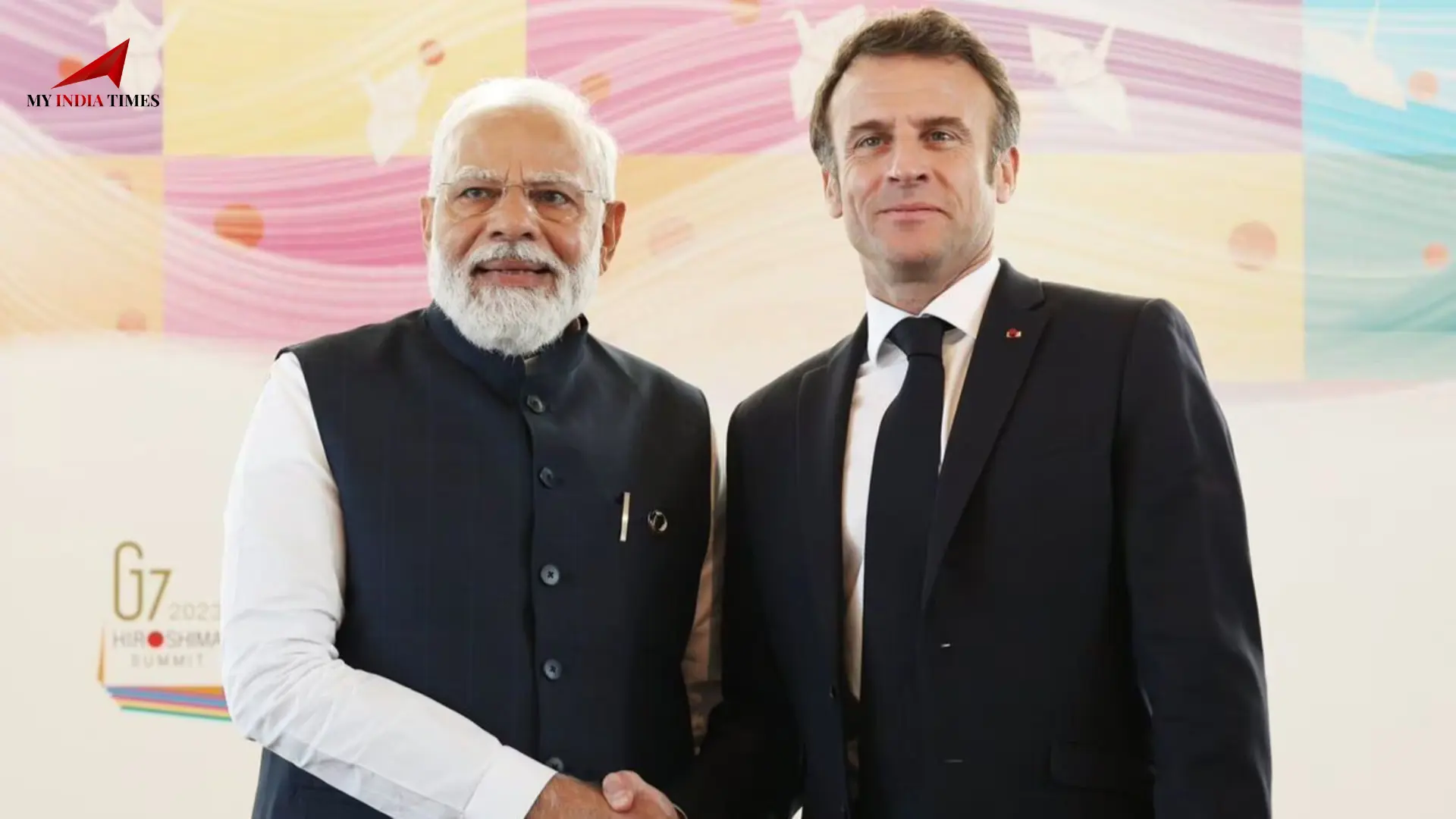
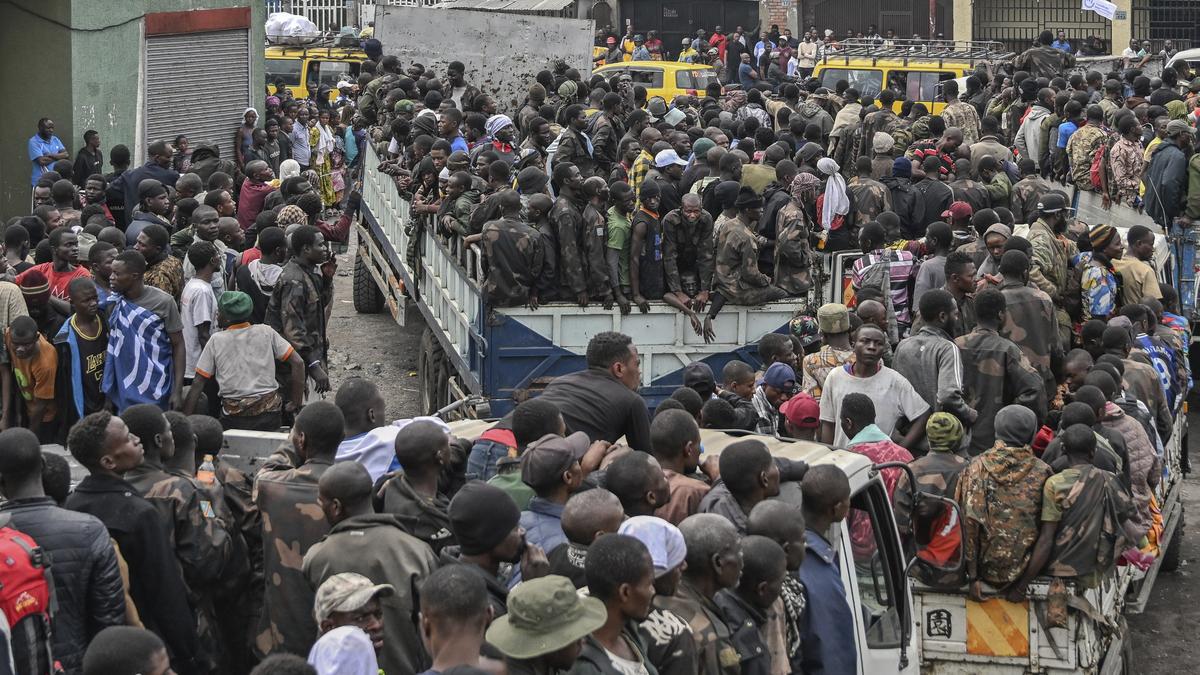
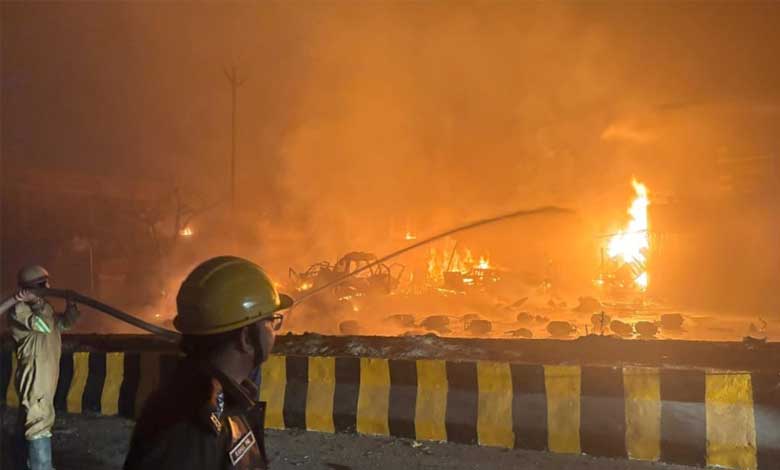




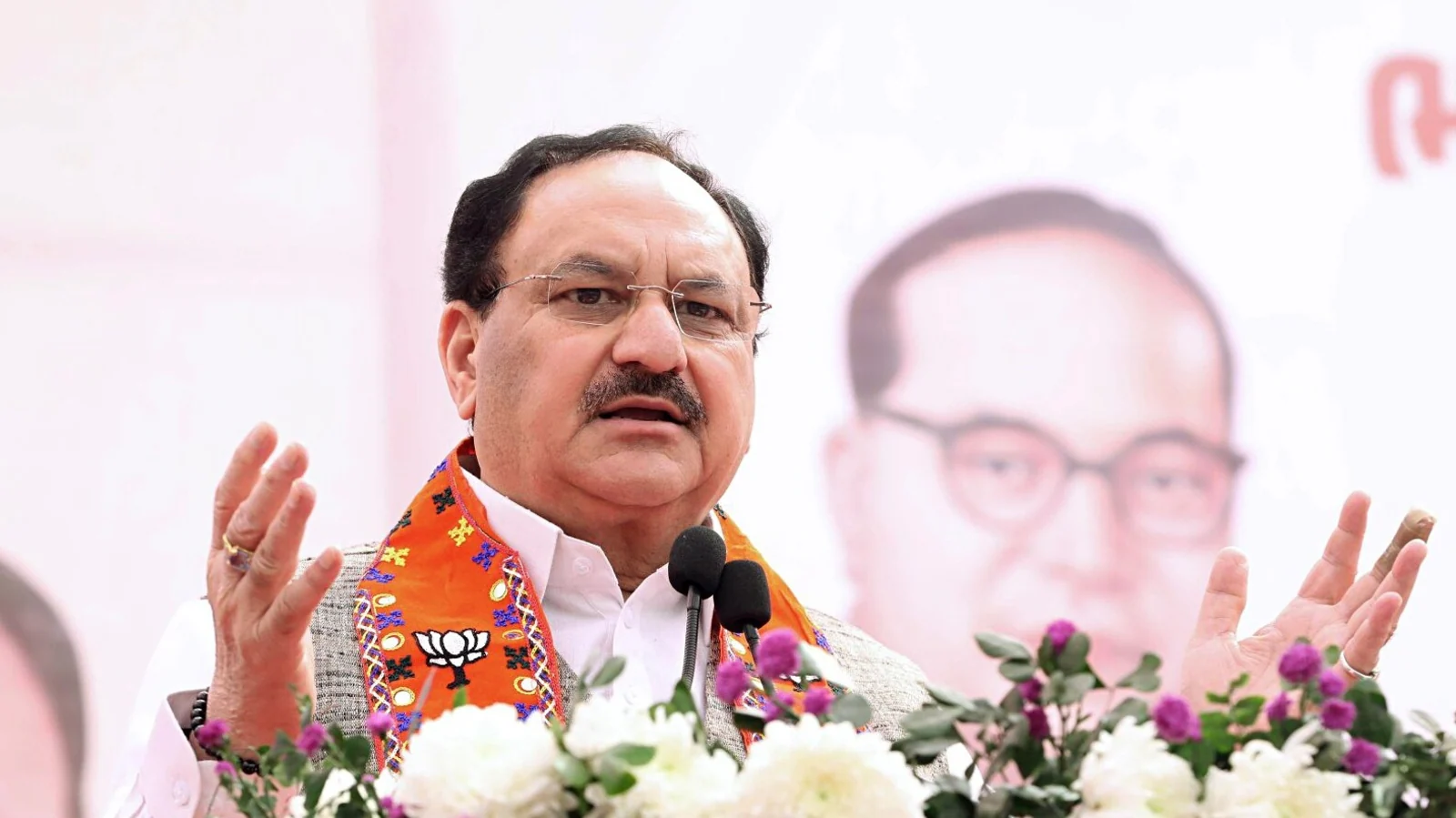
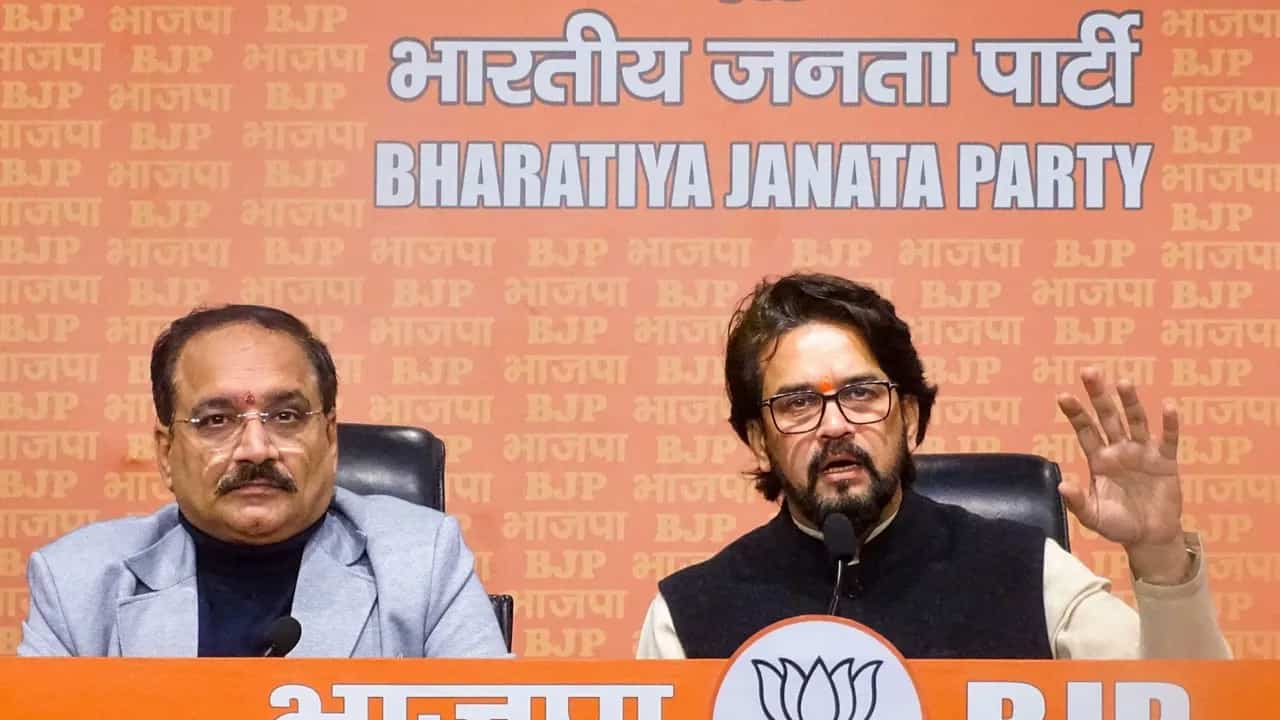


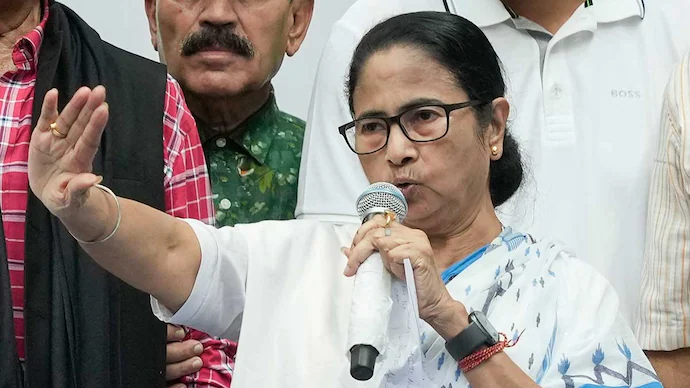

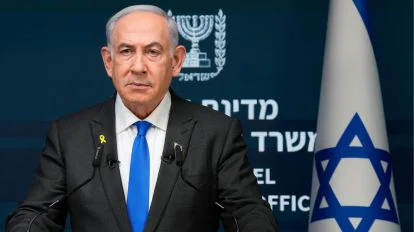
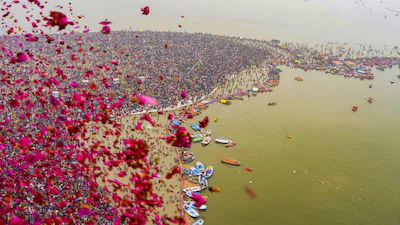

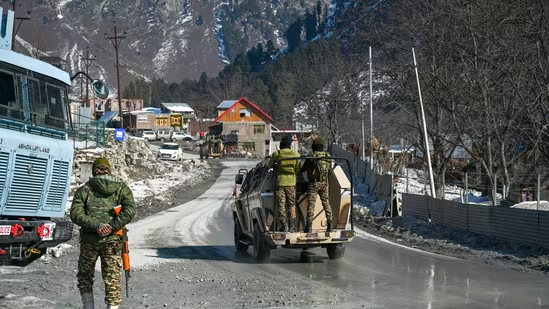

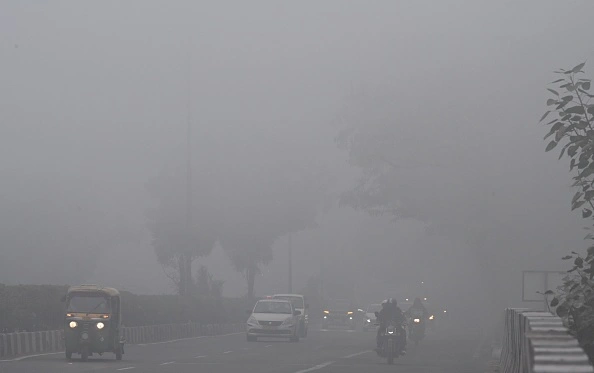

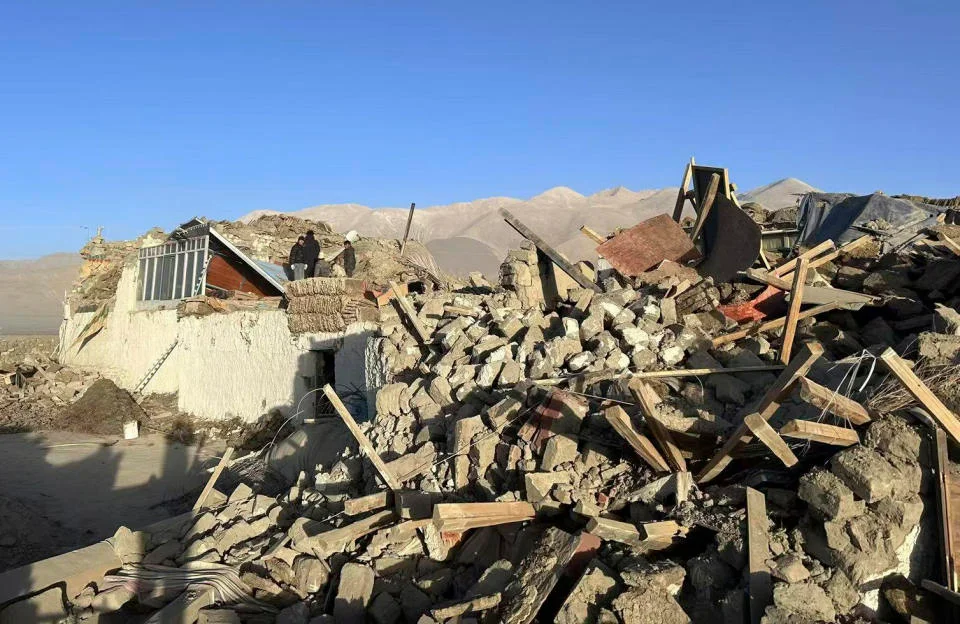
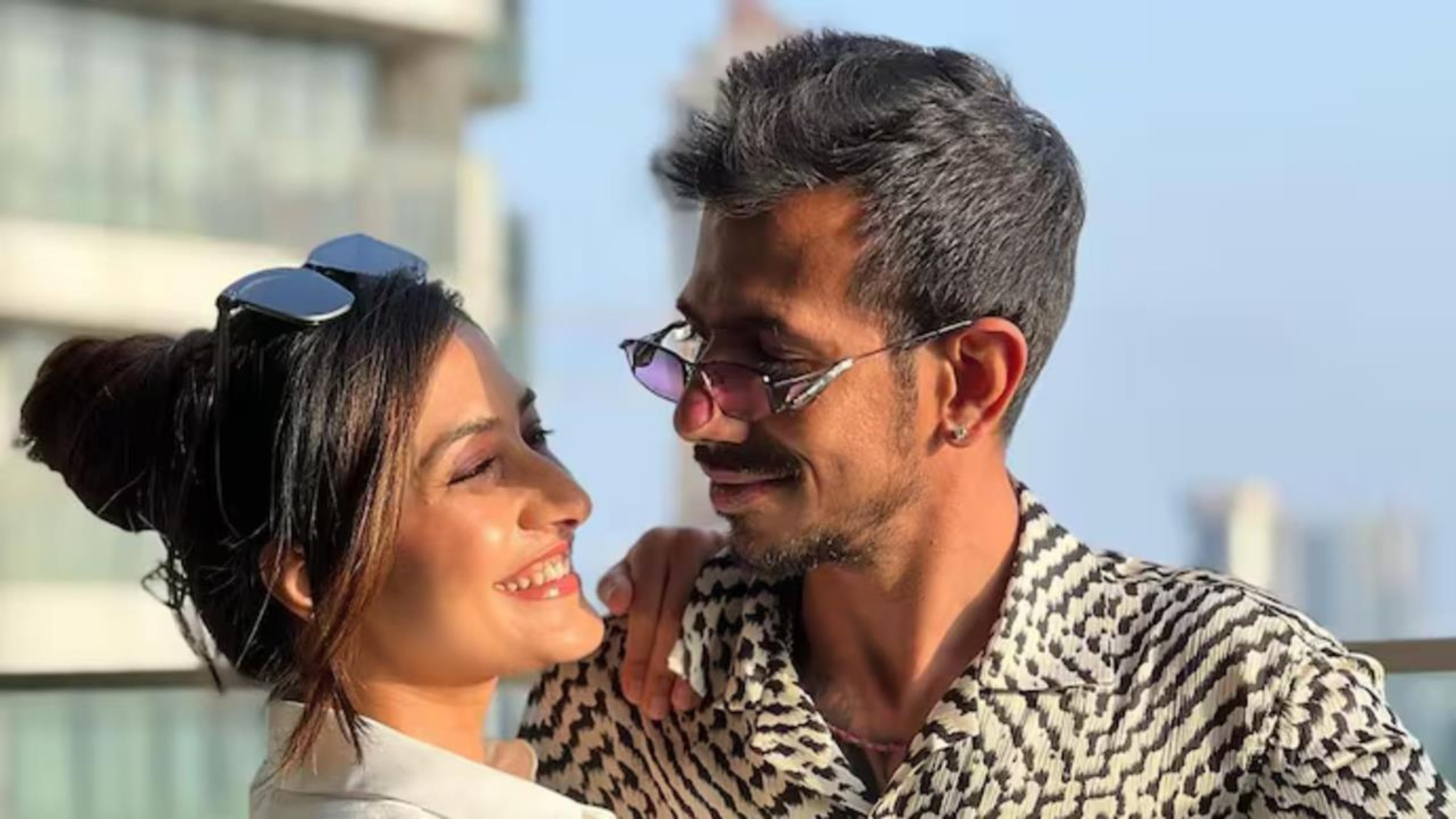

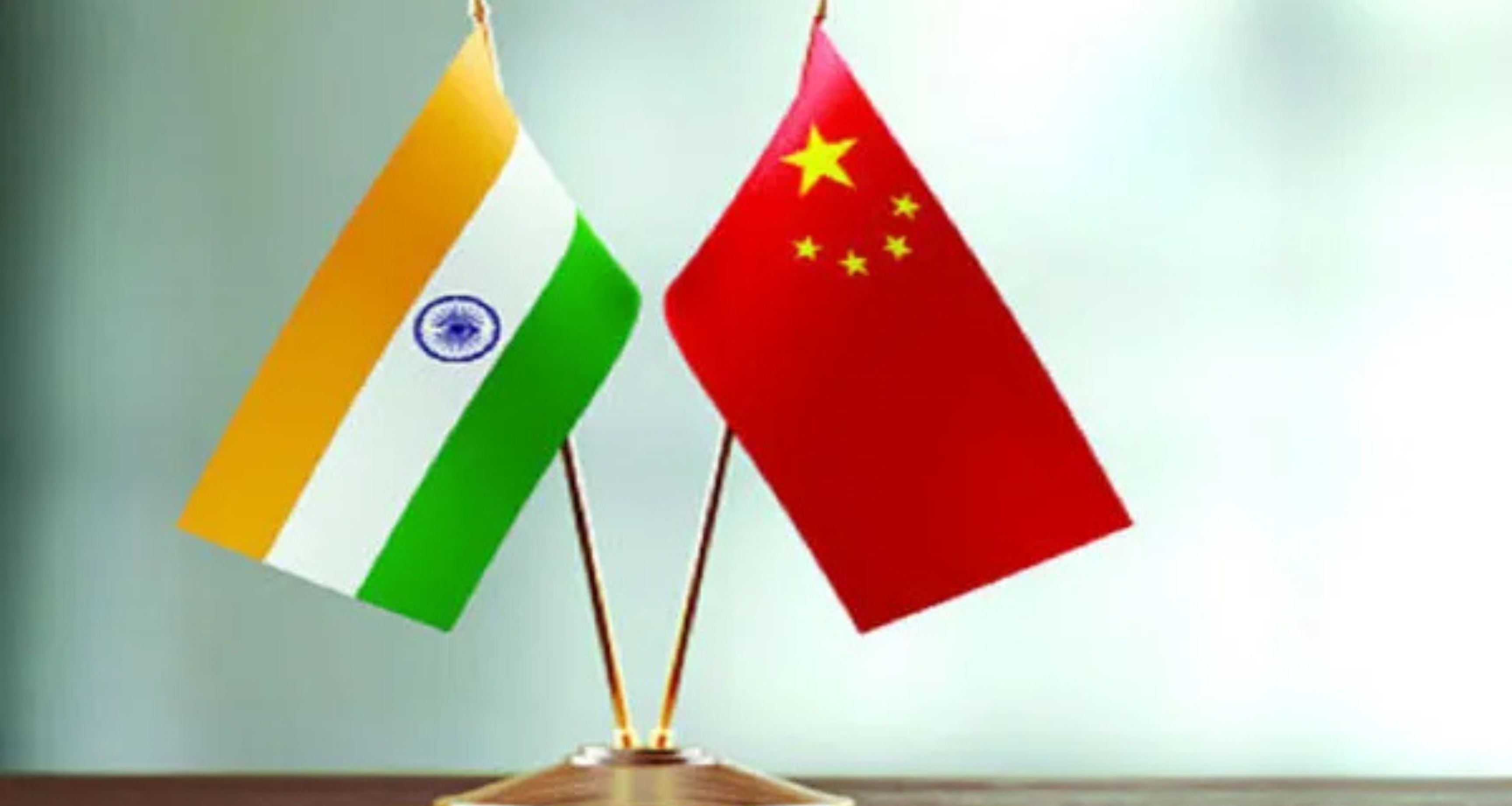
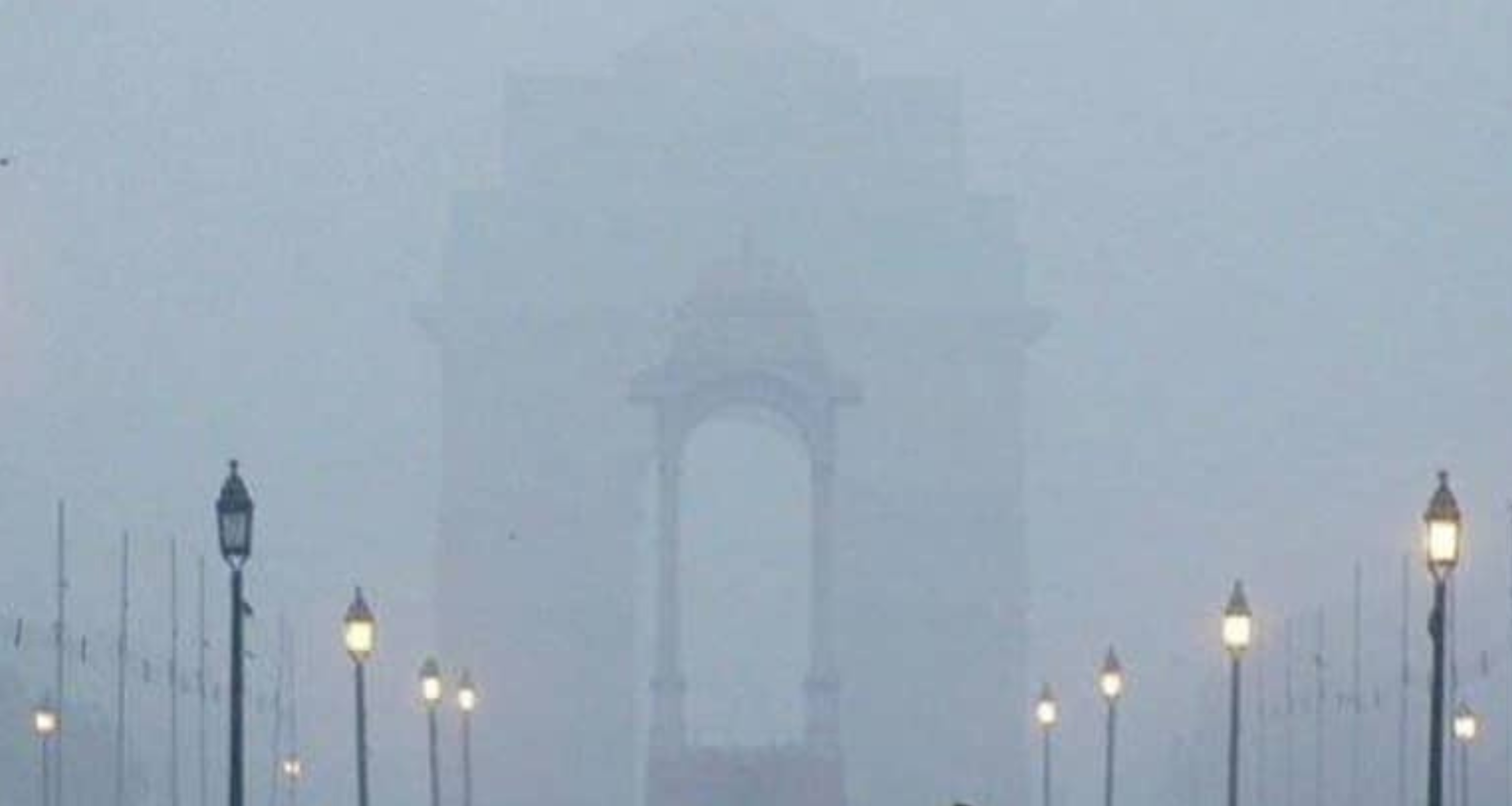
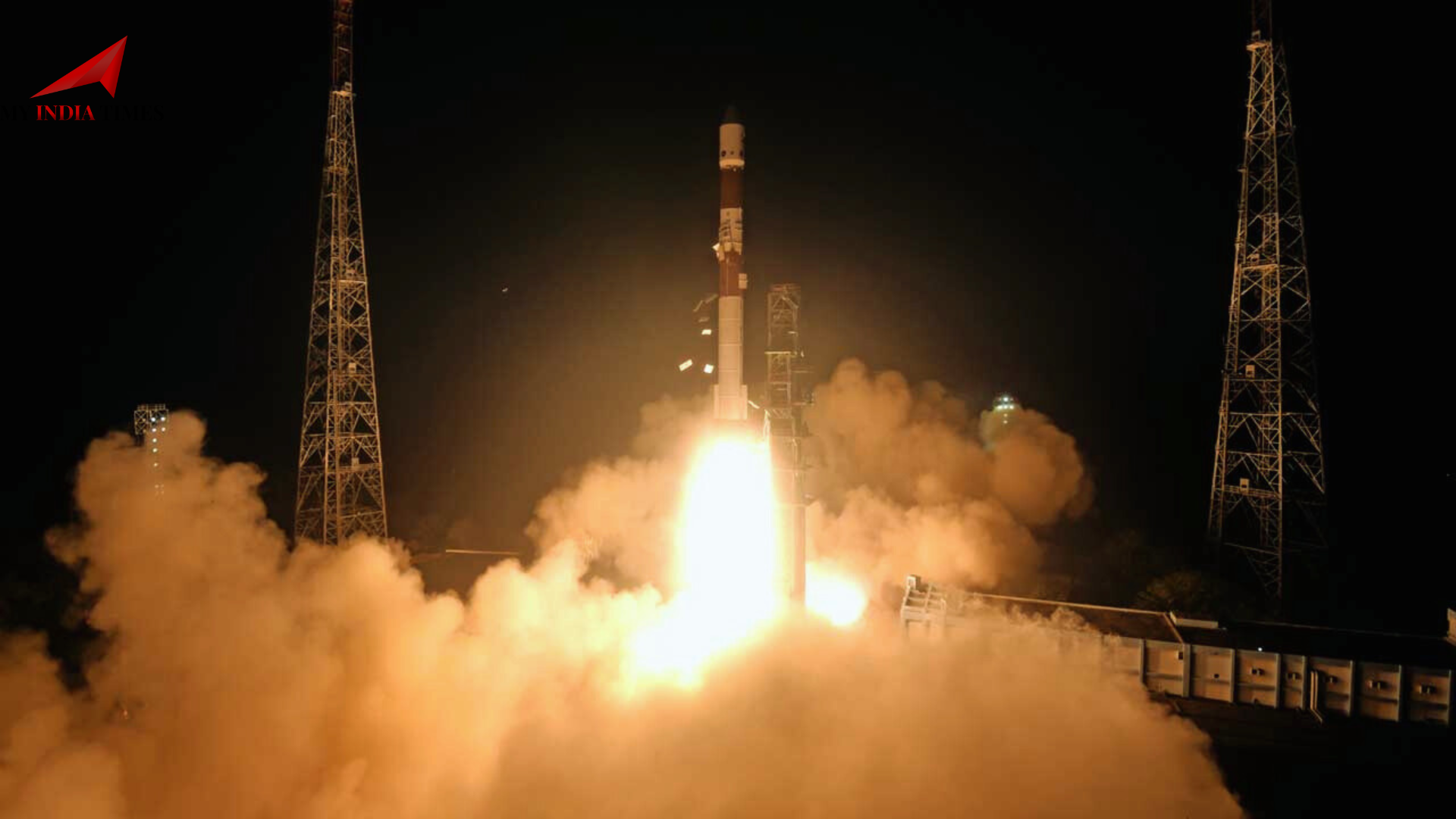


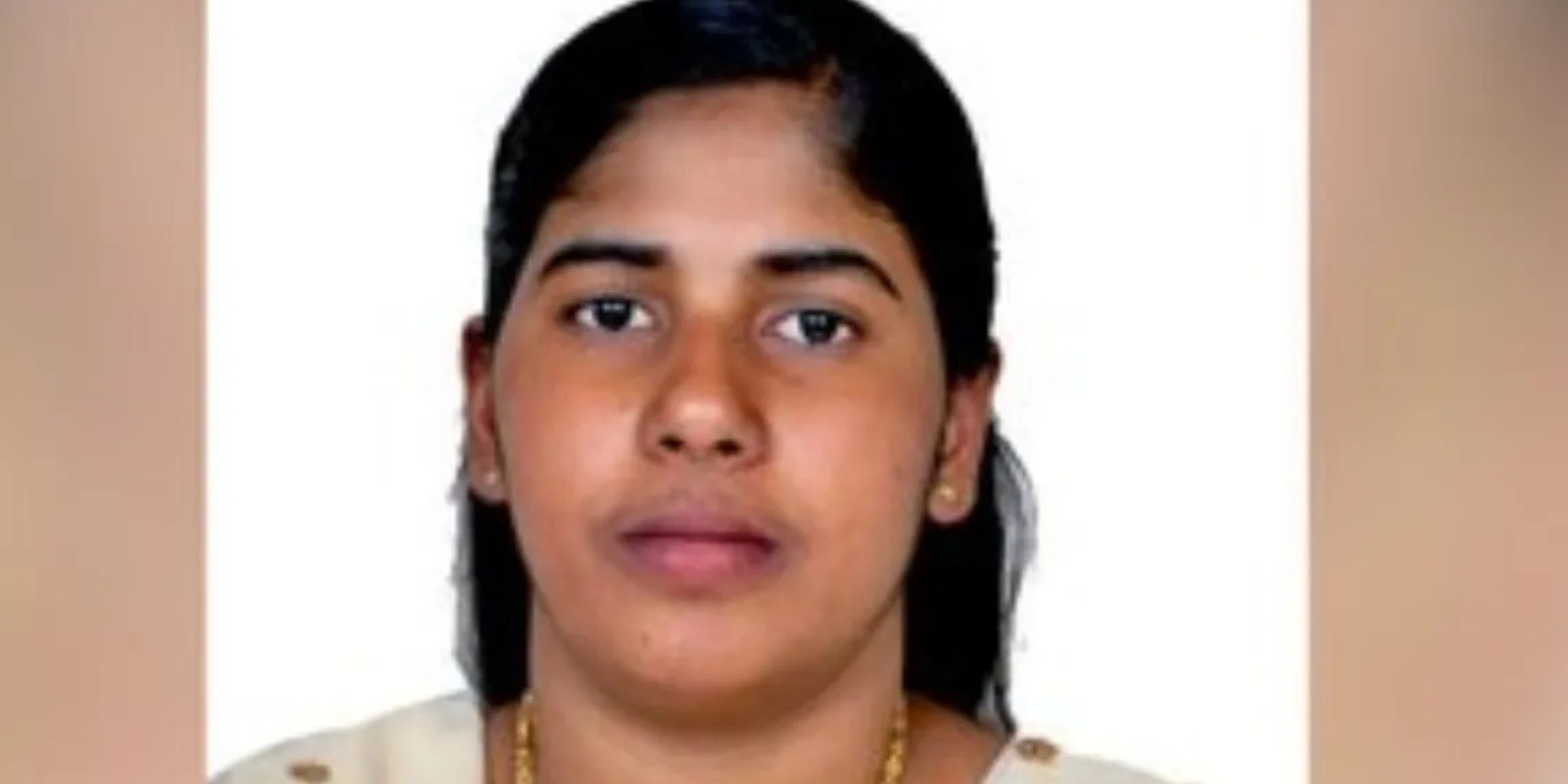
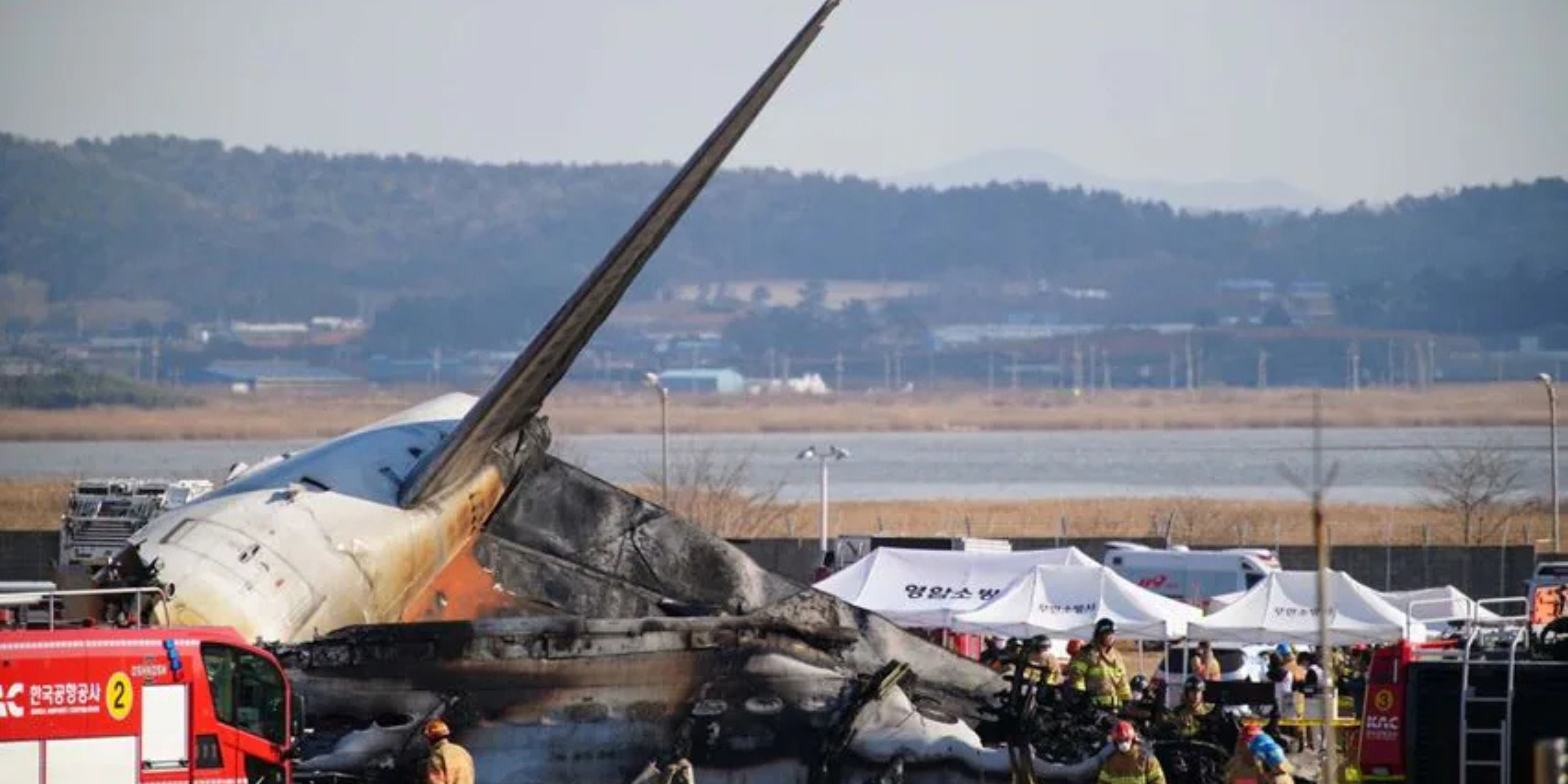
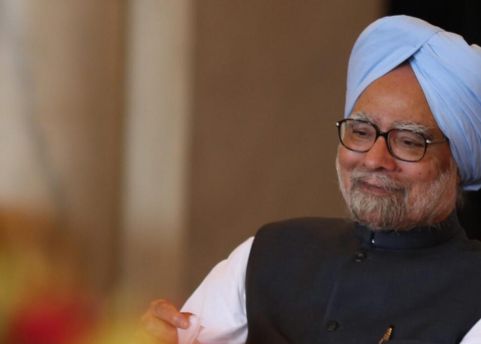




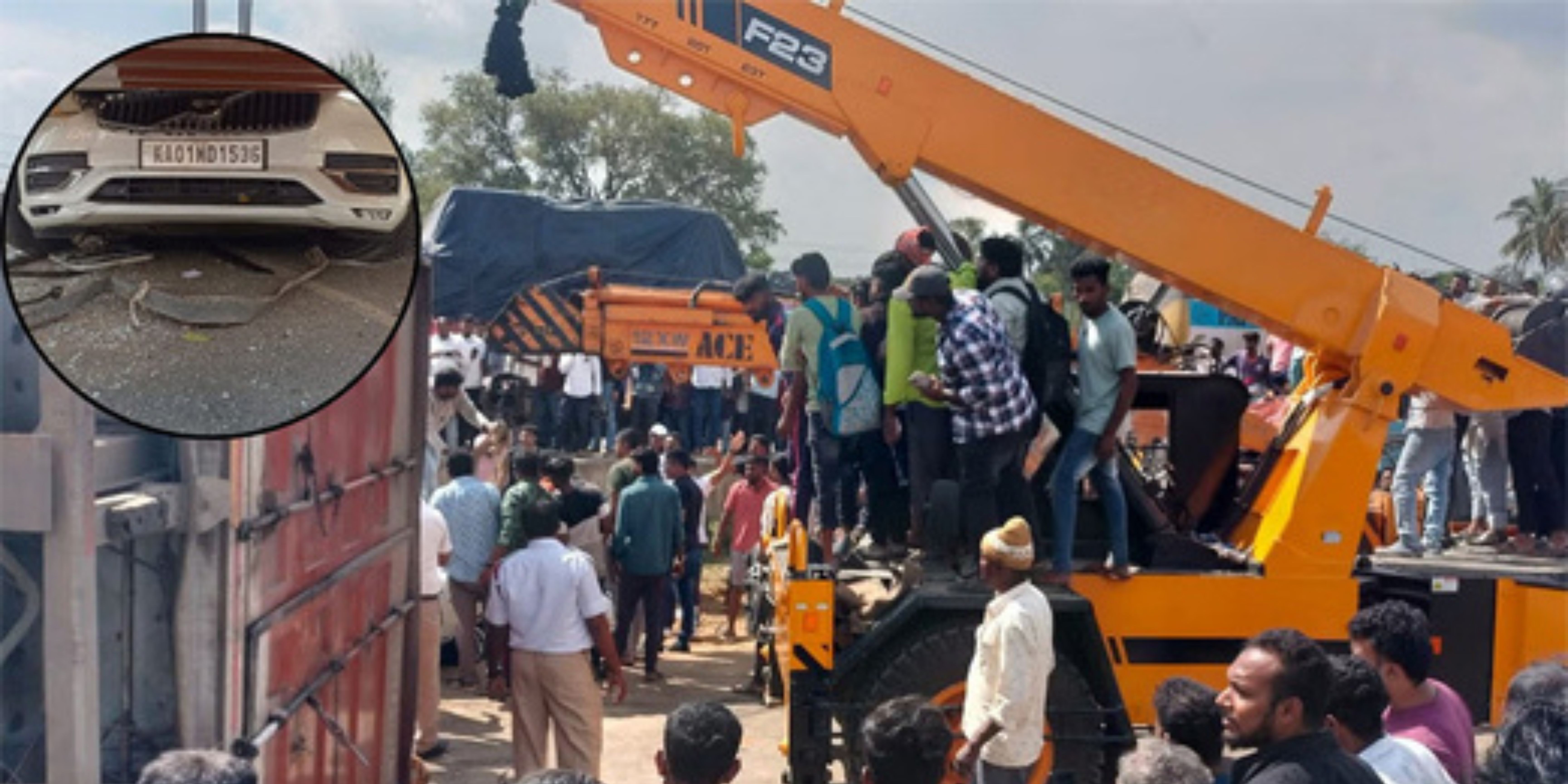




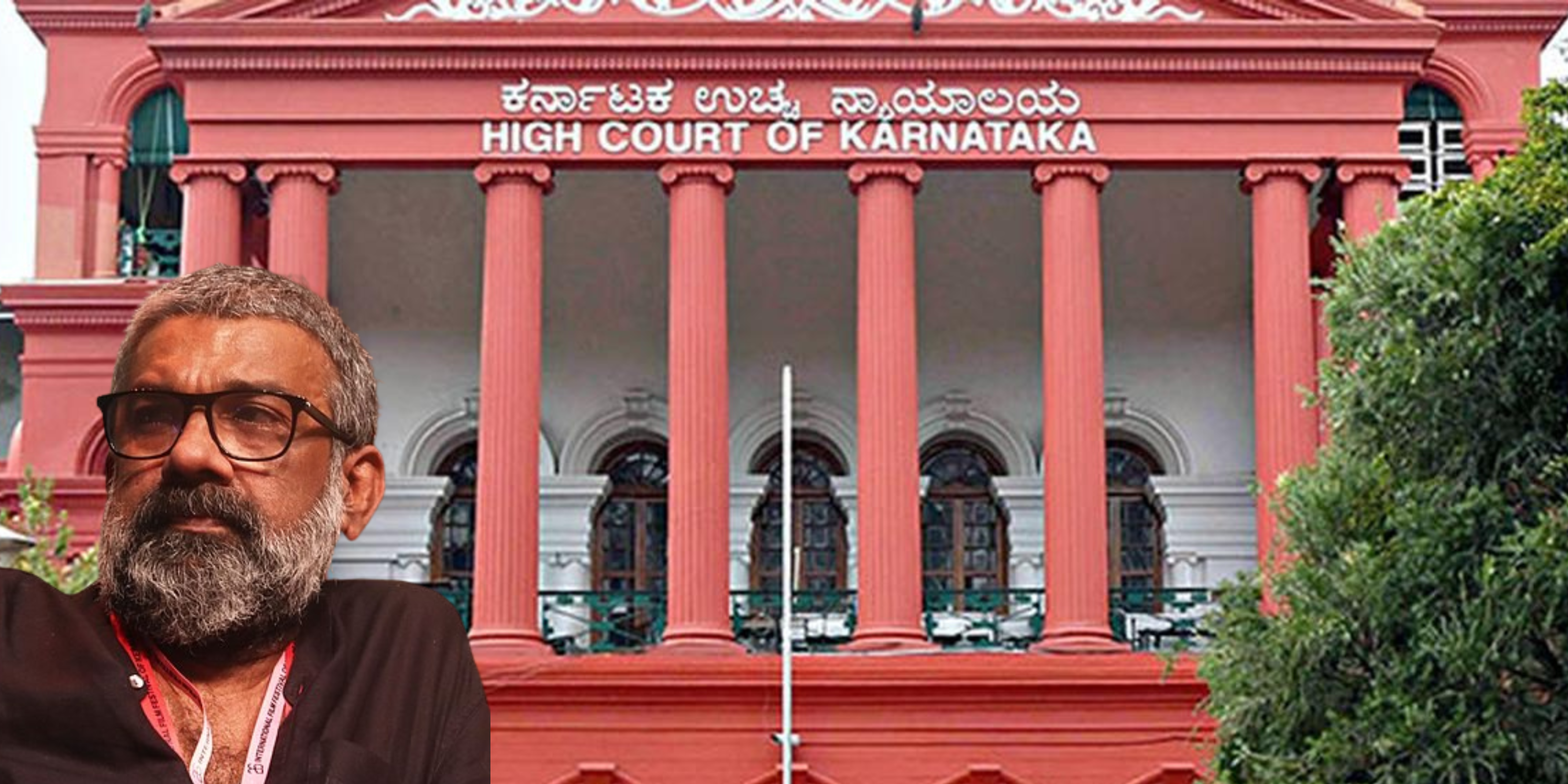
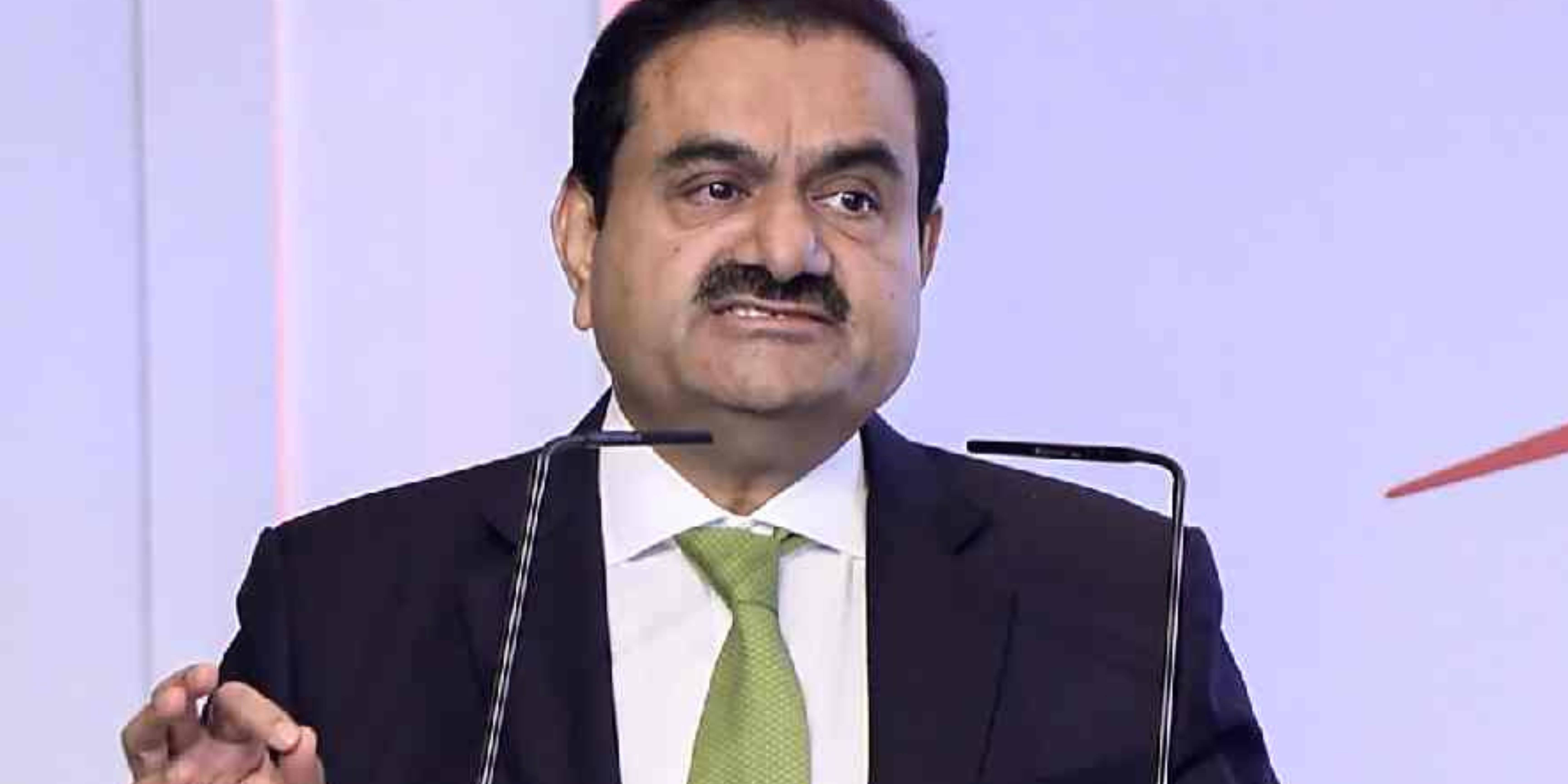
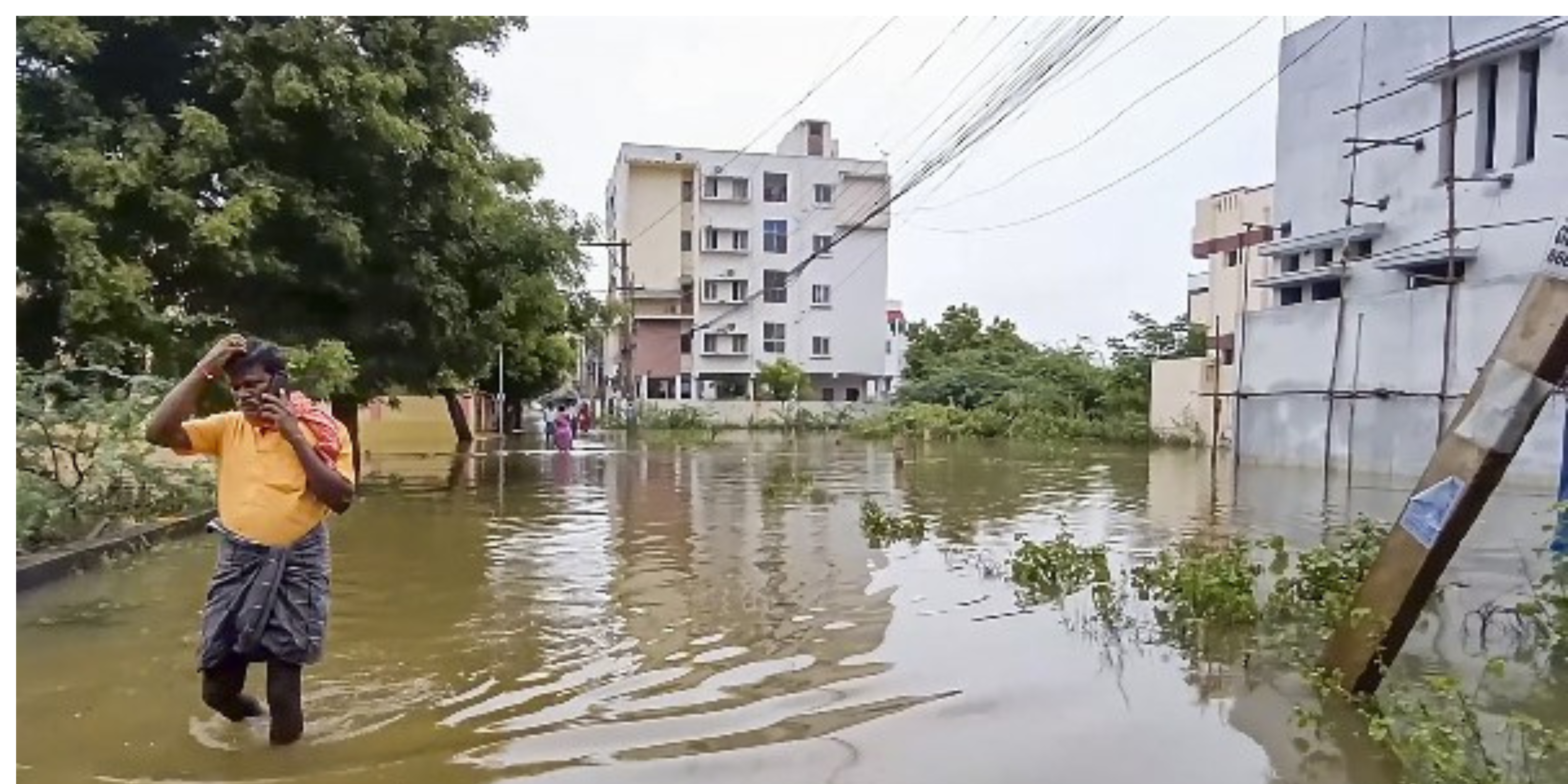
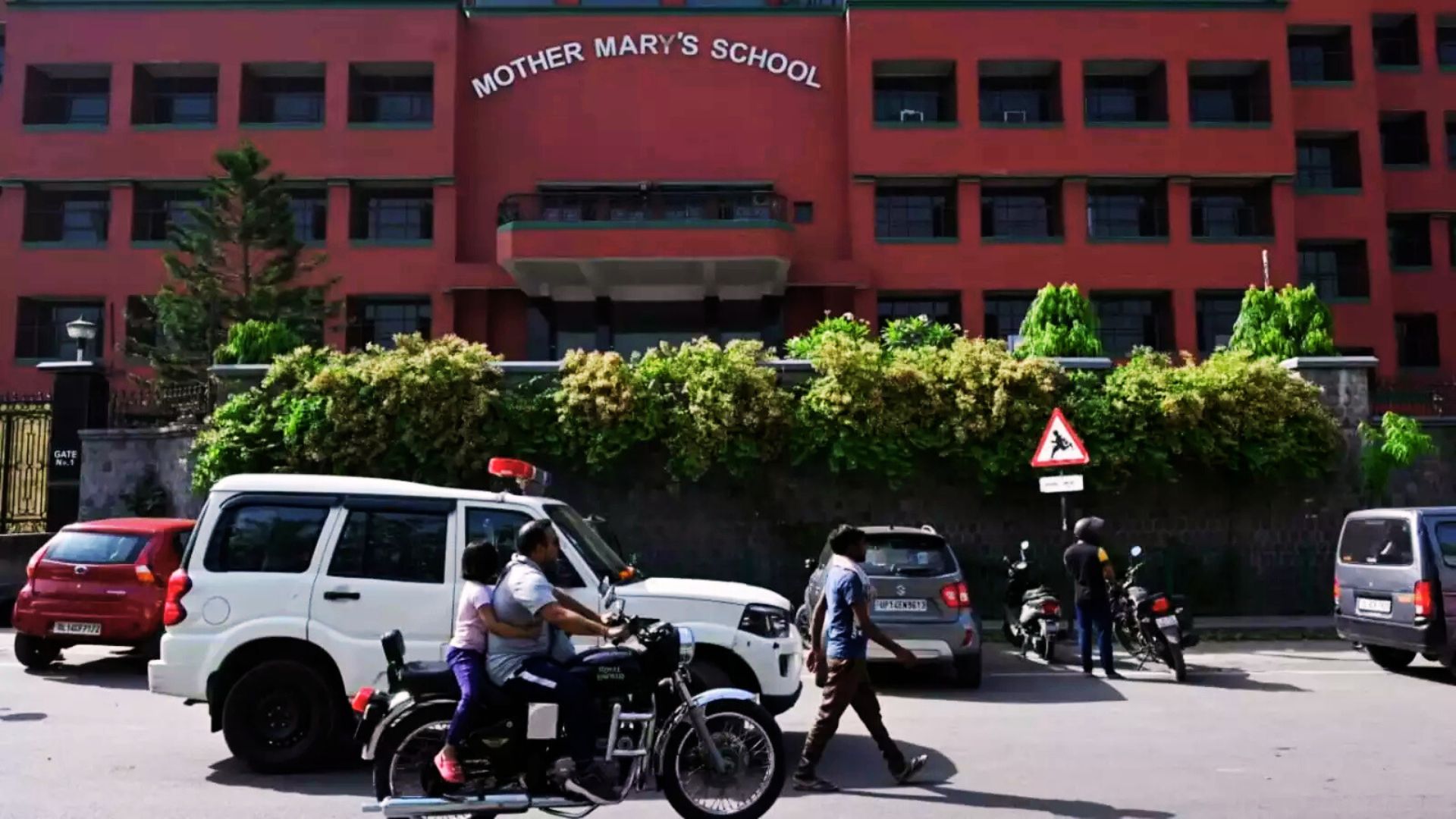
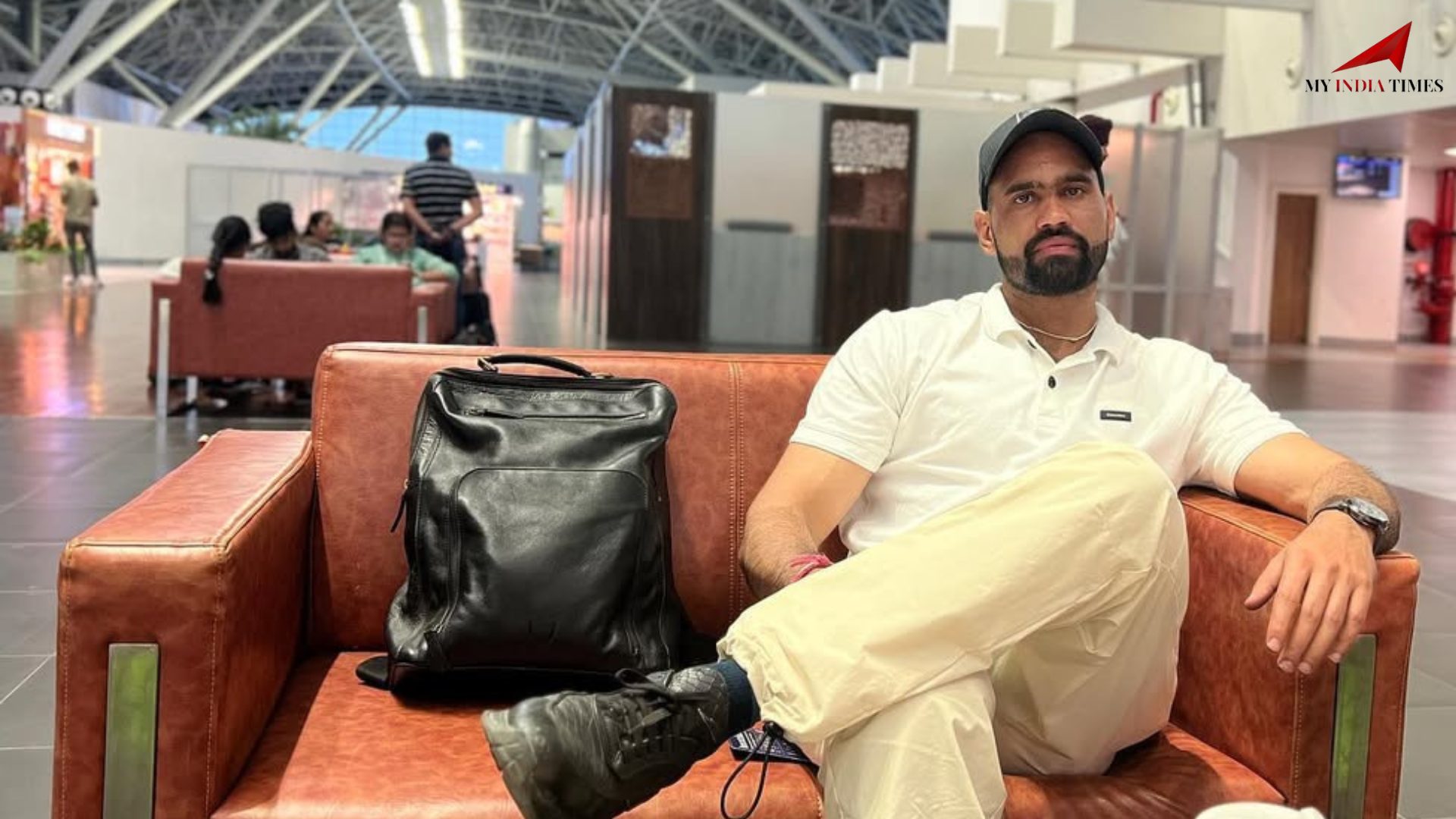
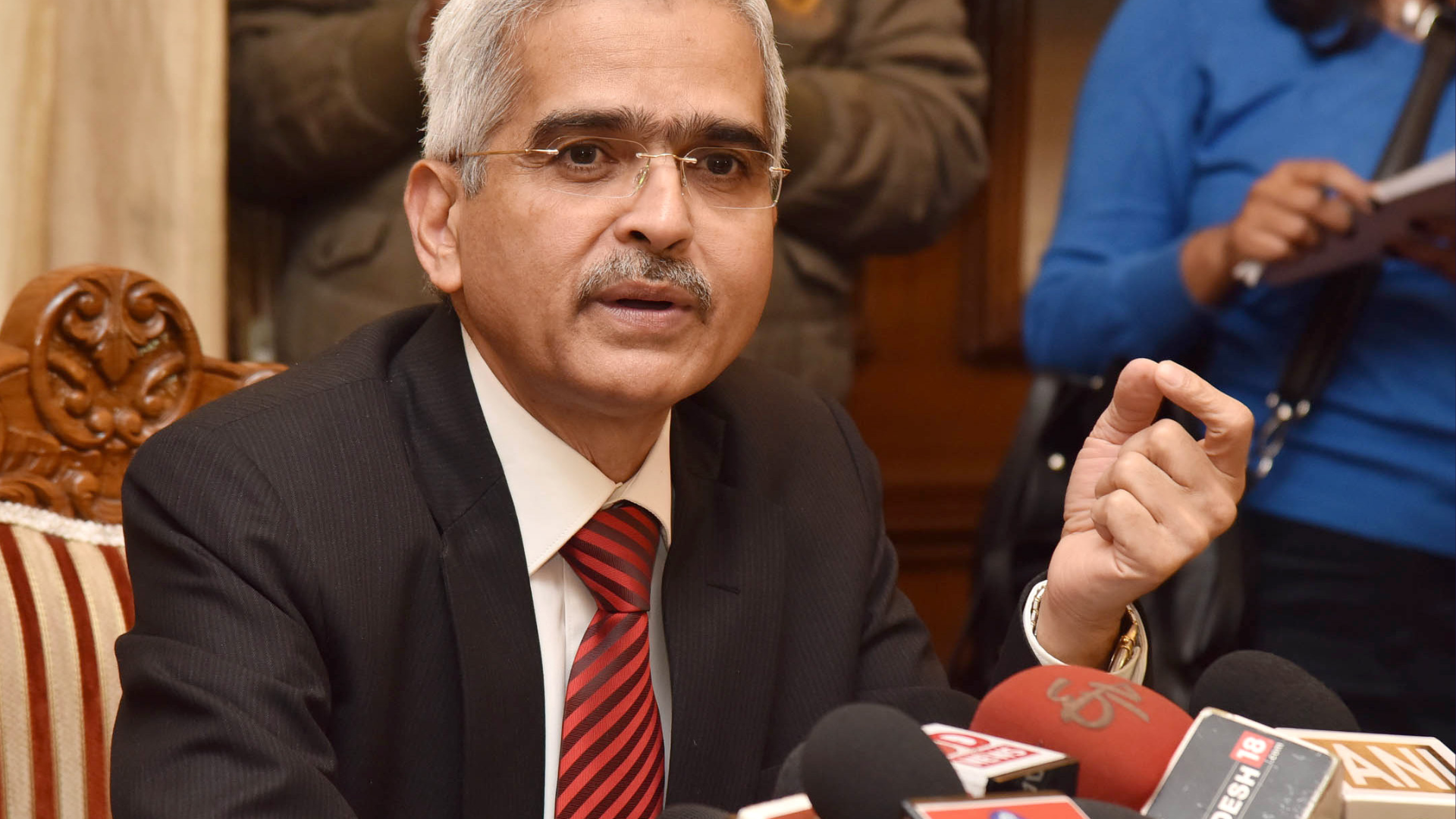
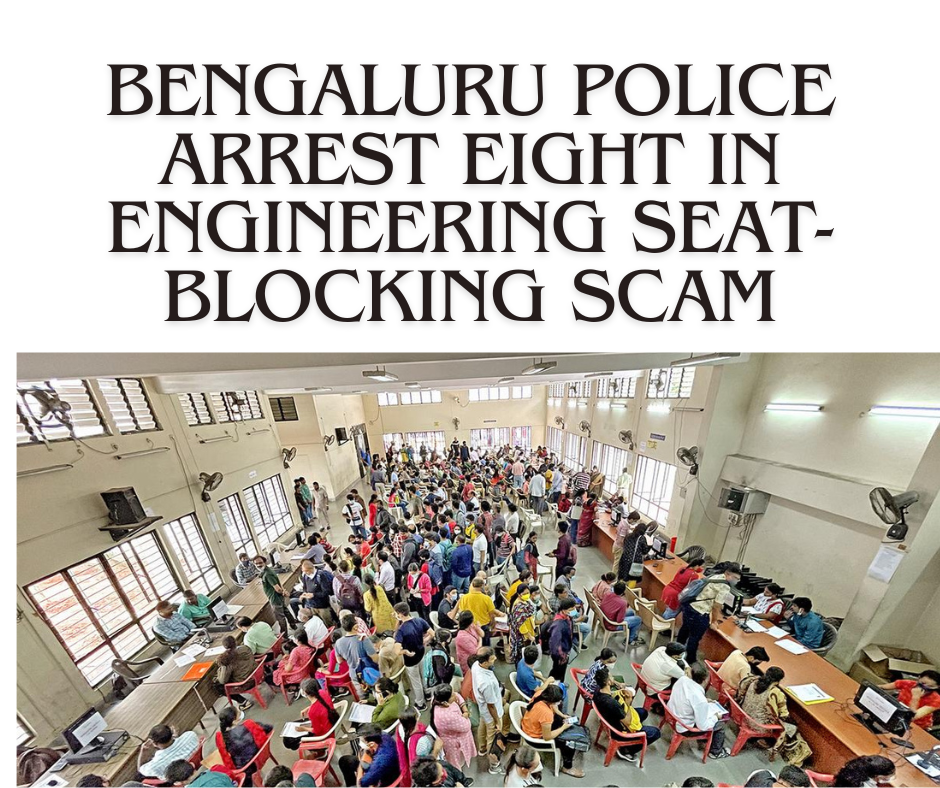


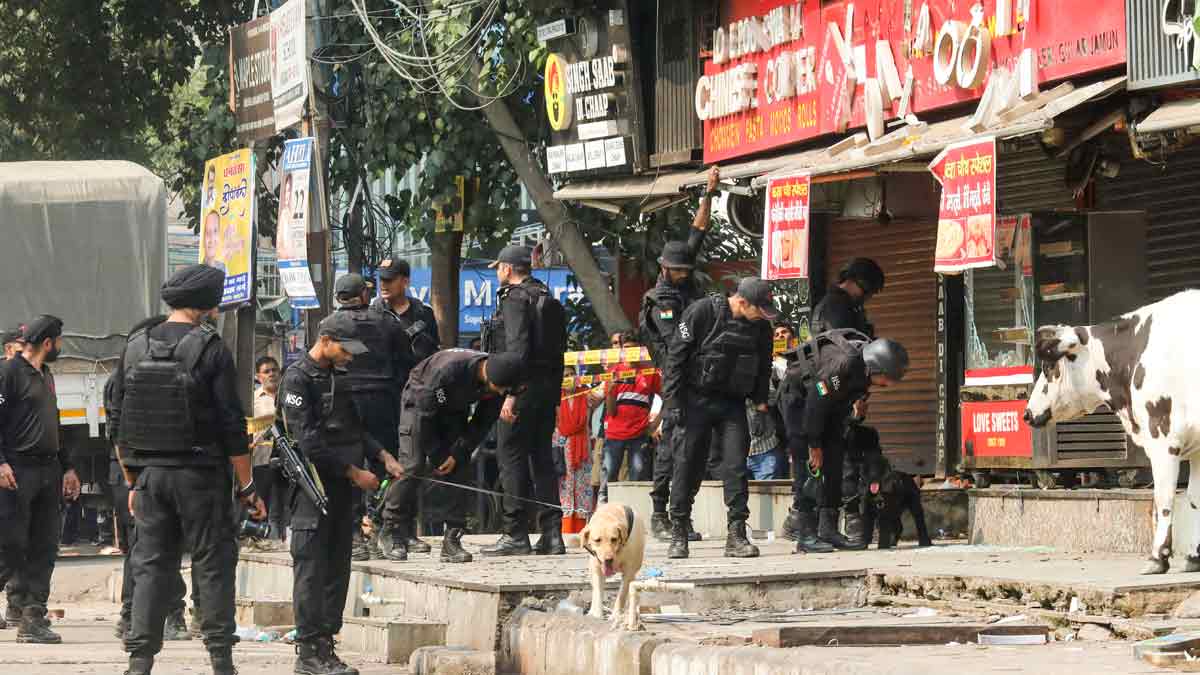
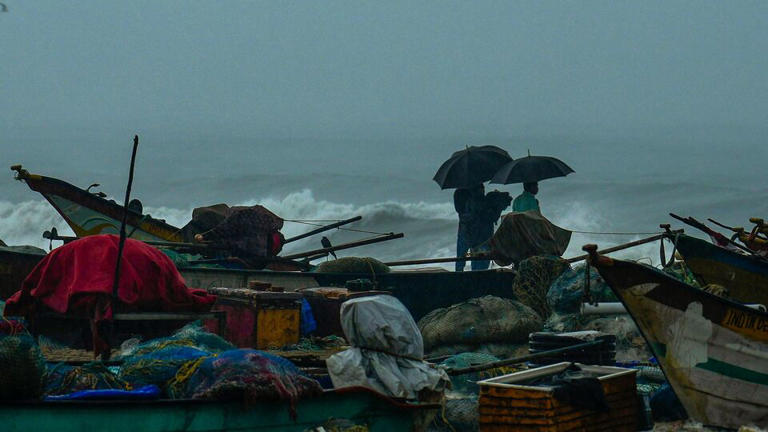


.png)
 (1).png)
